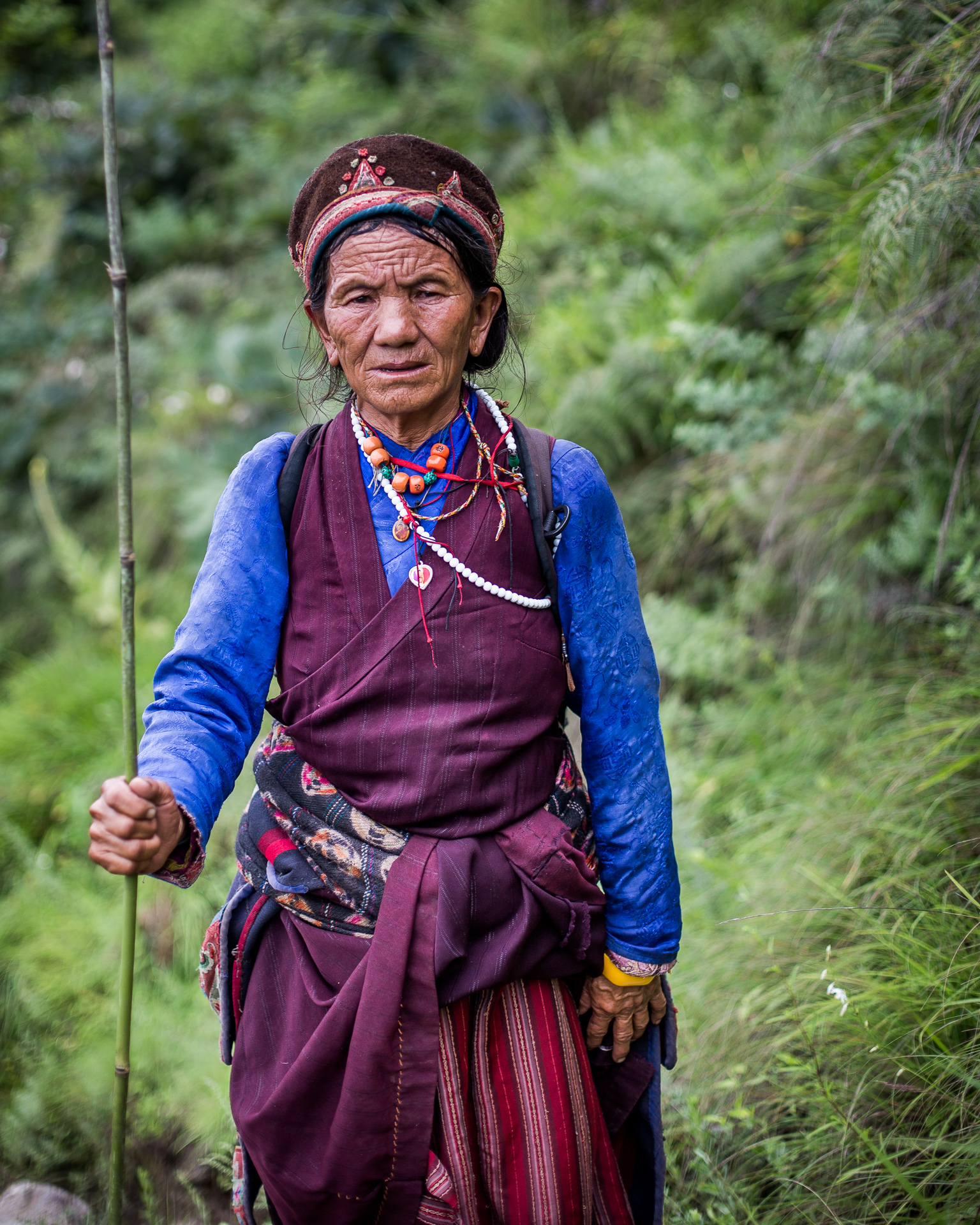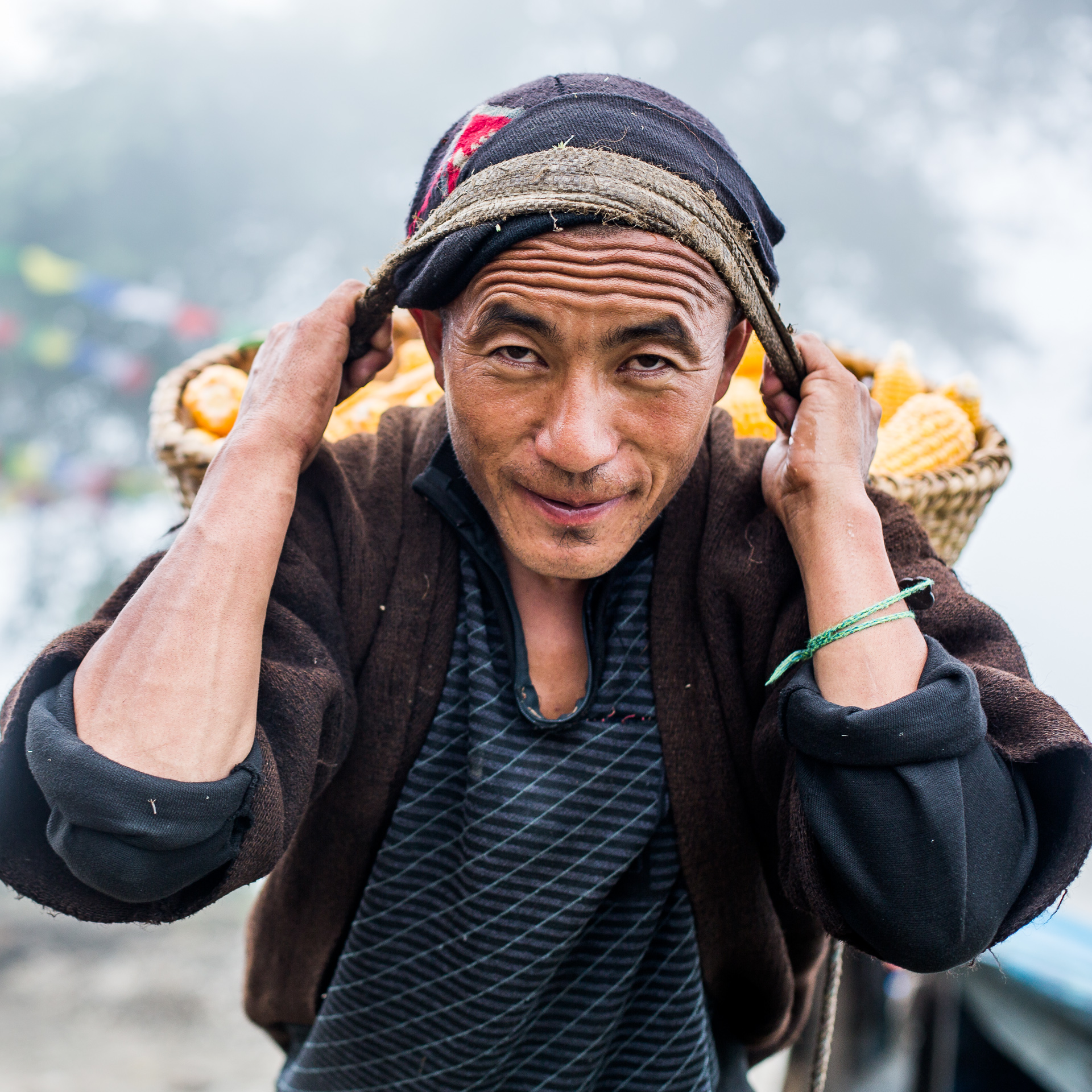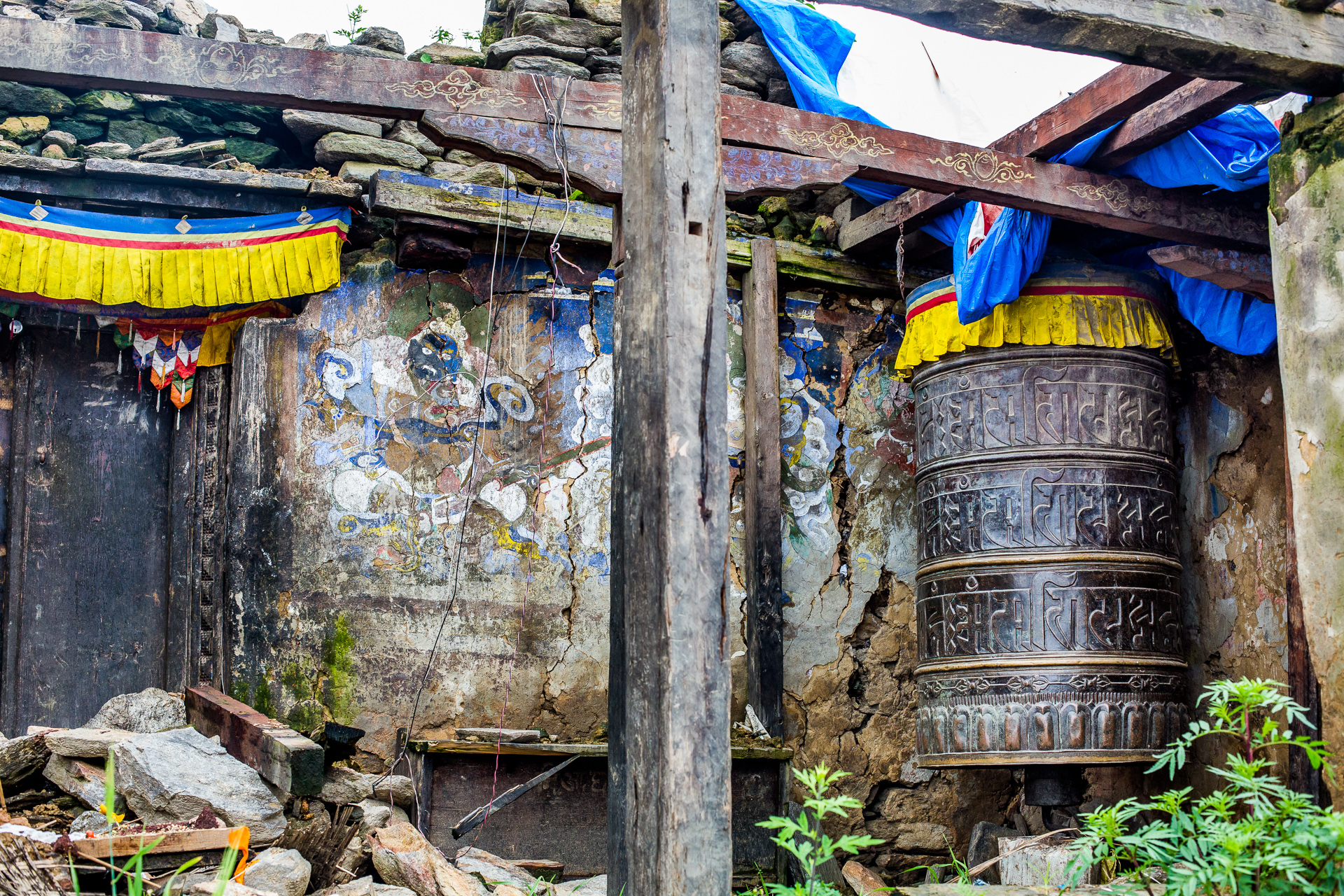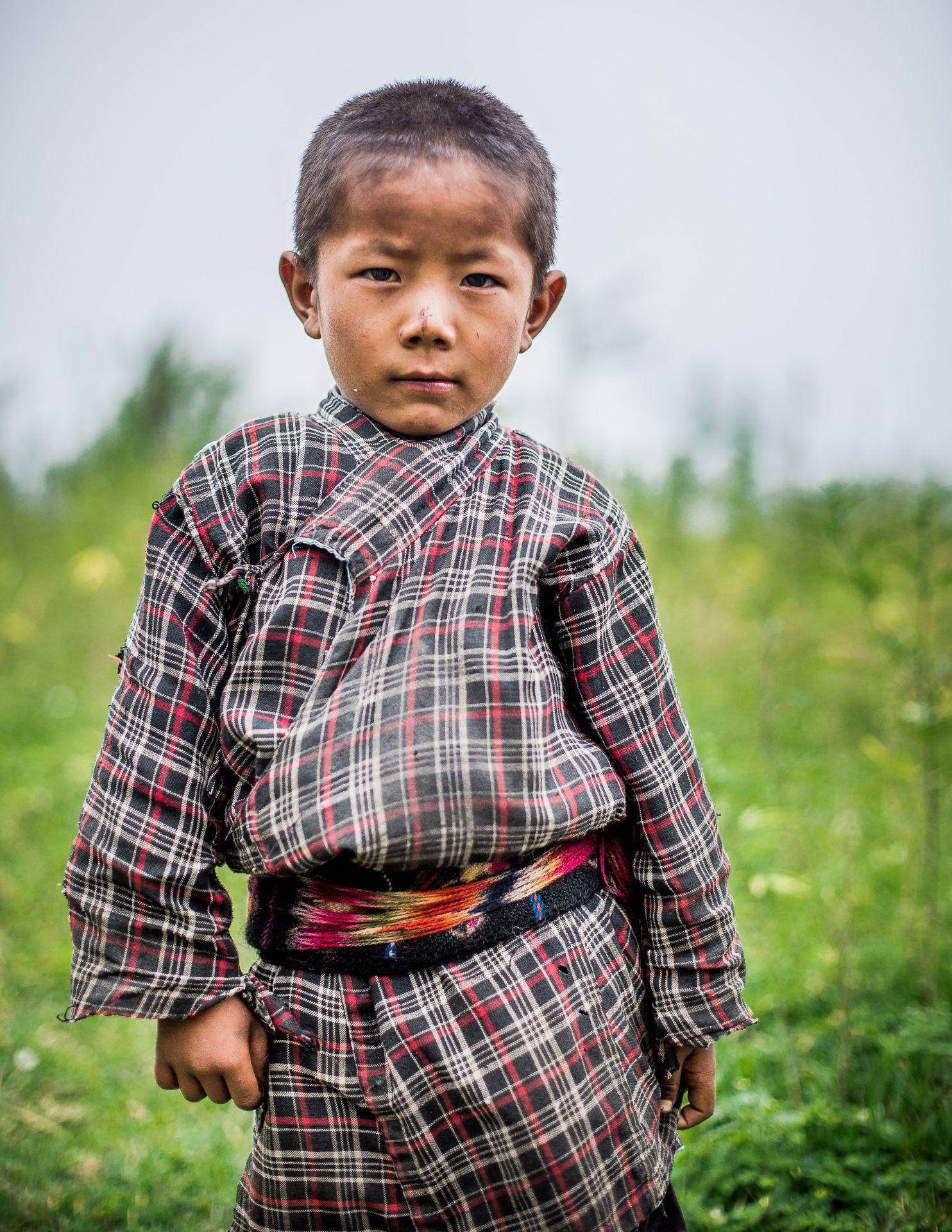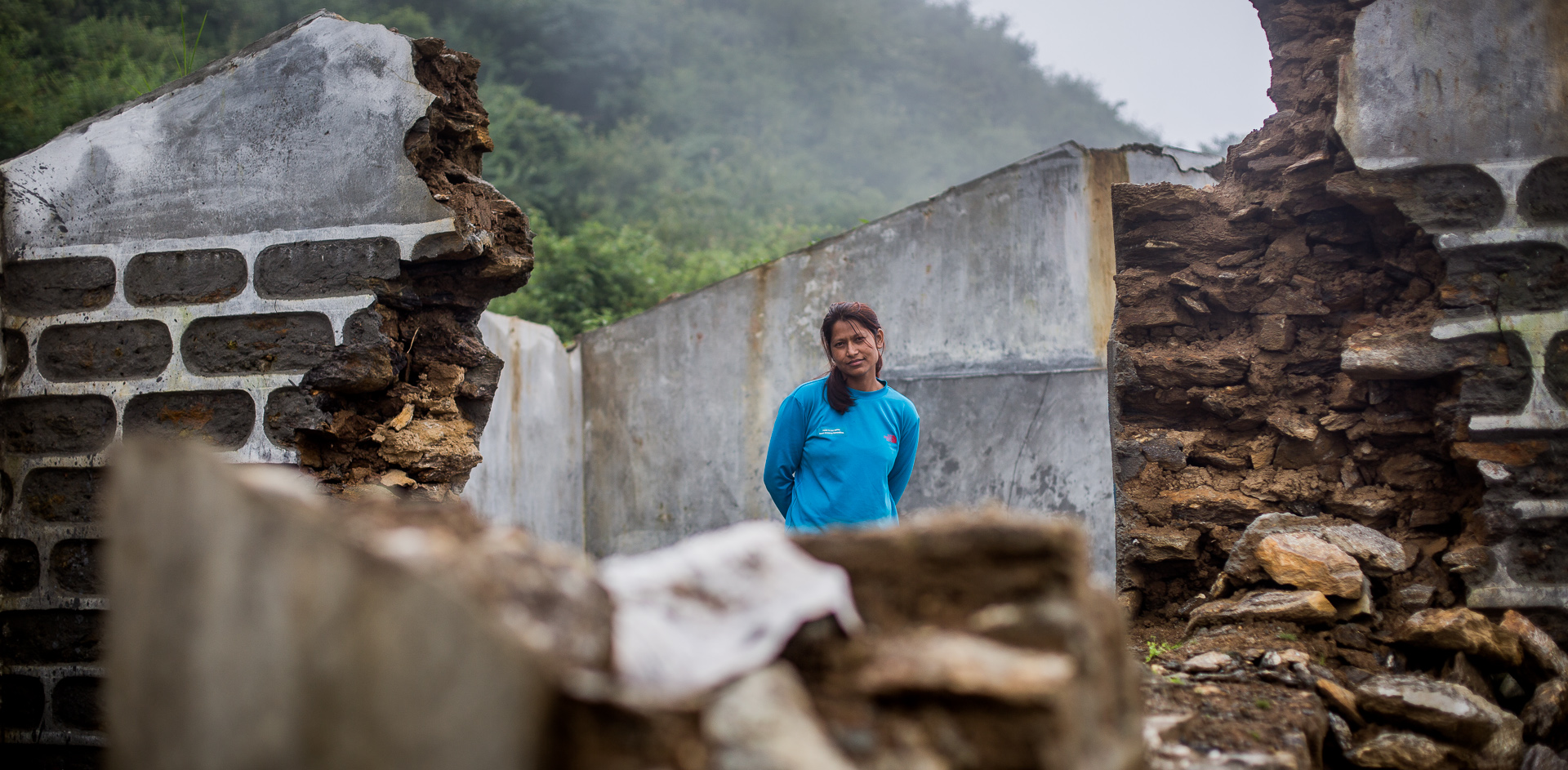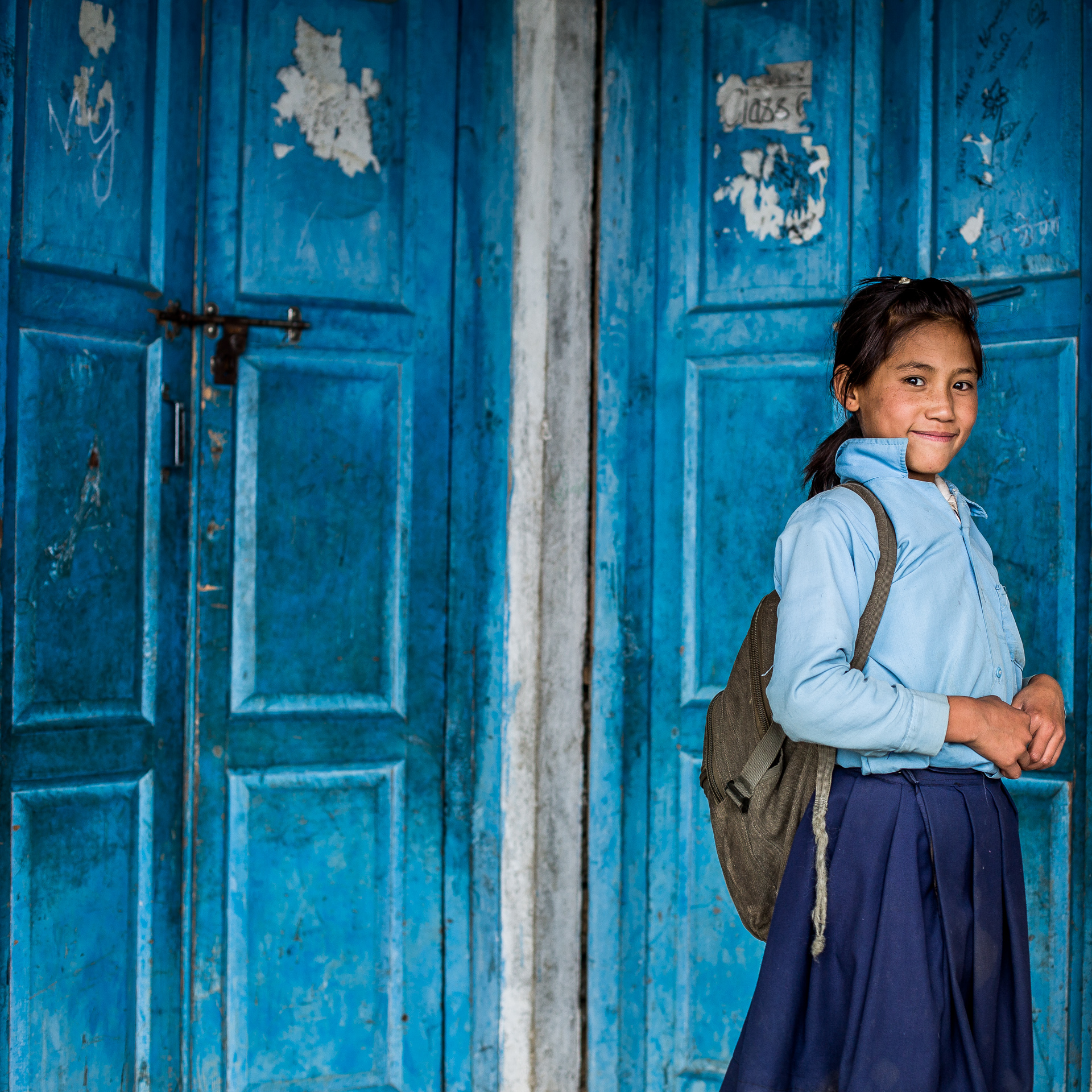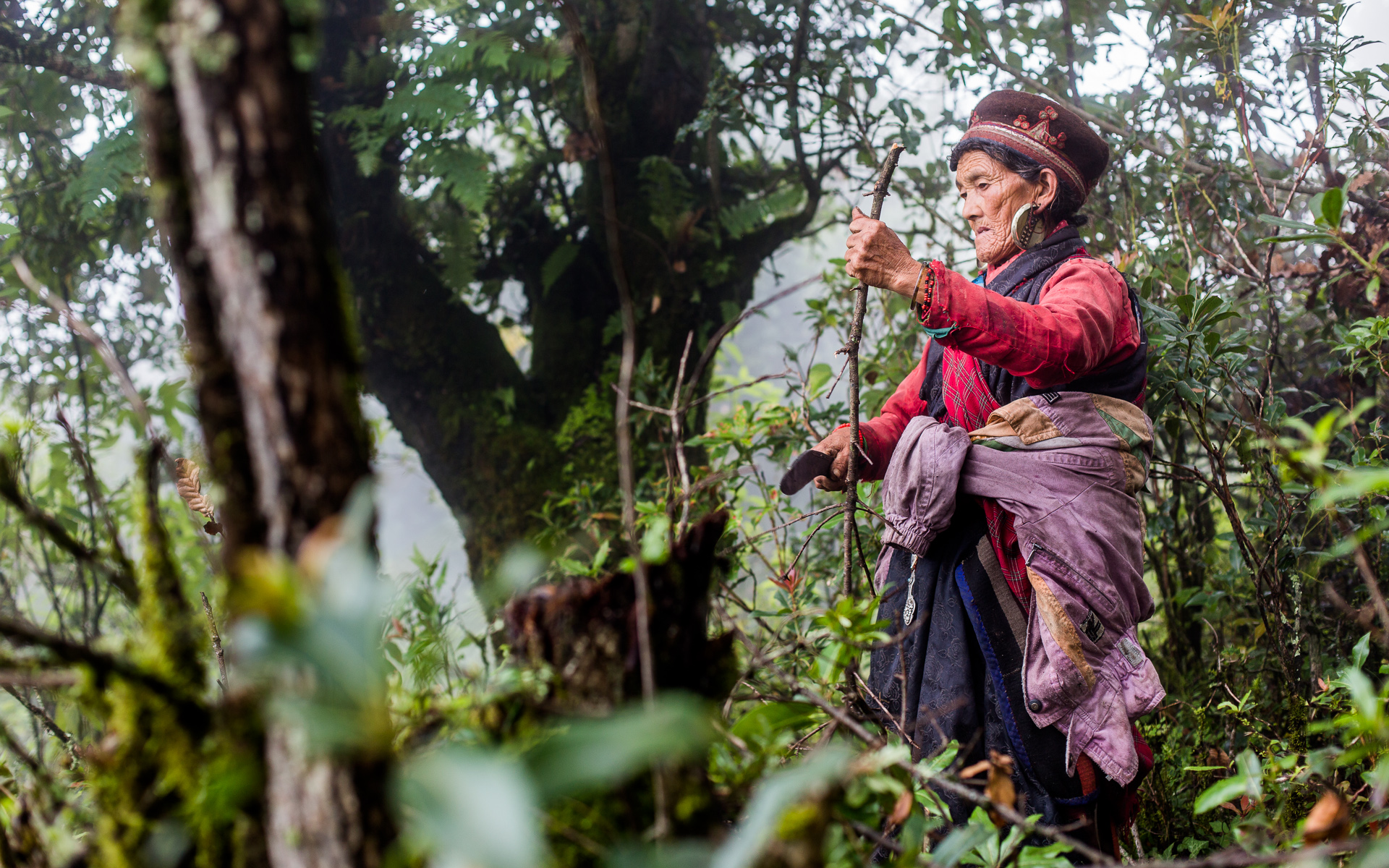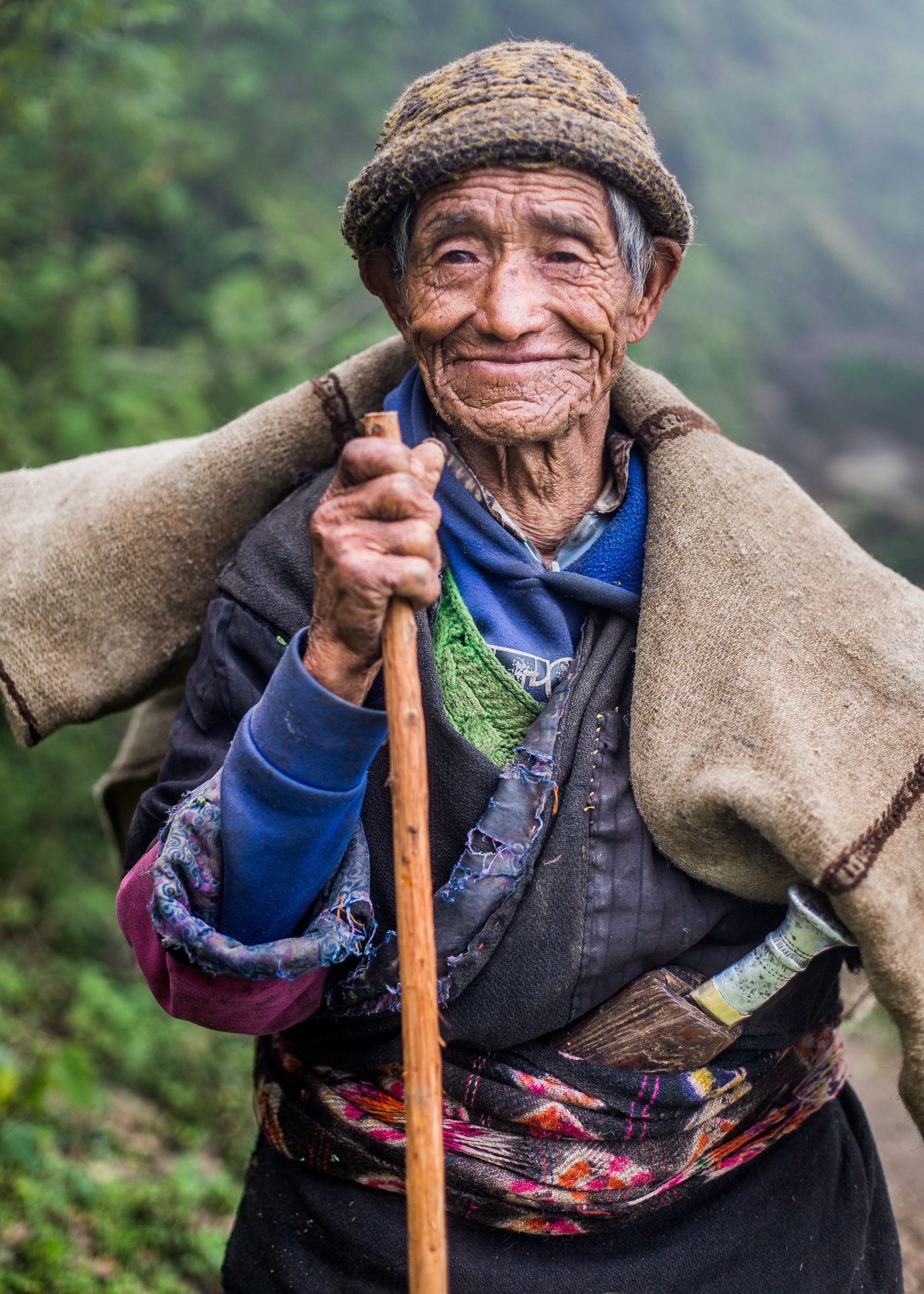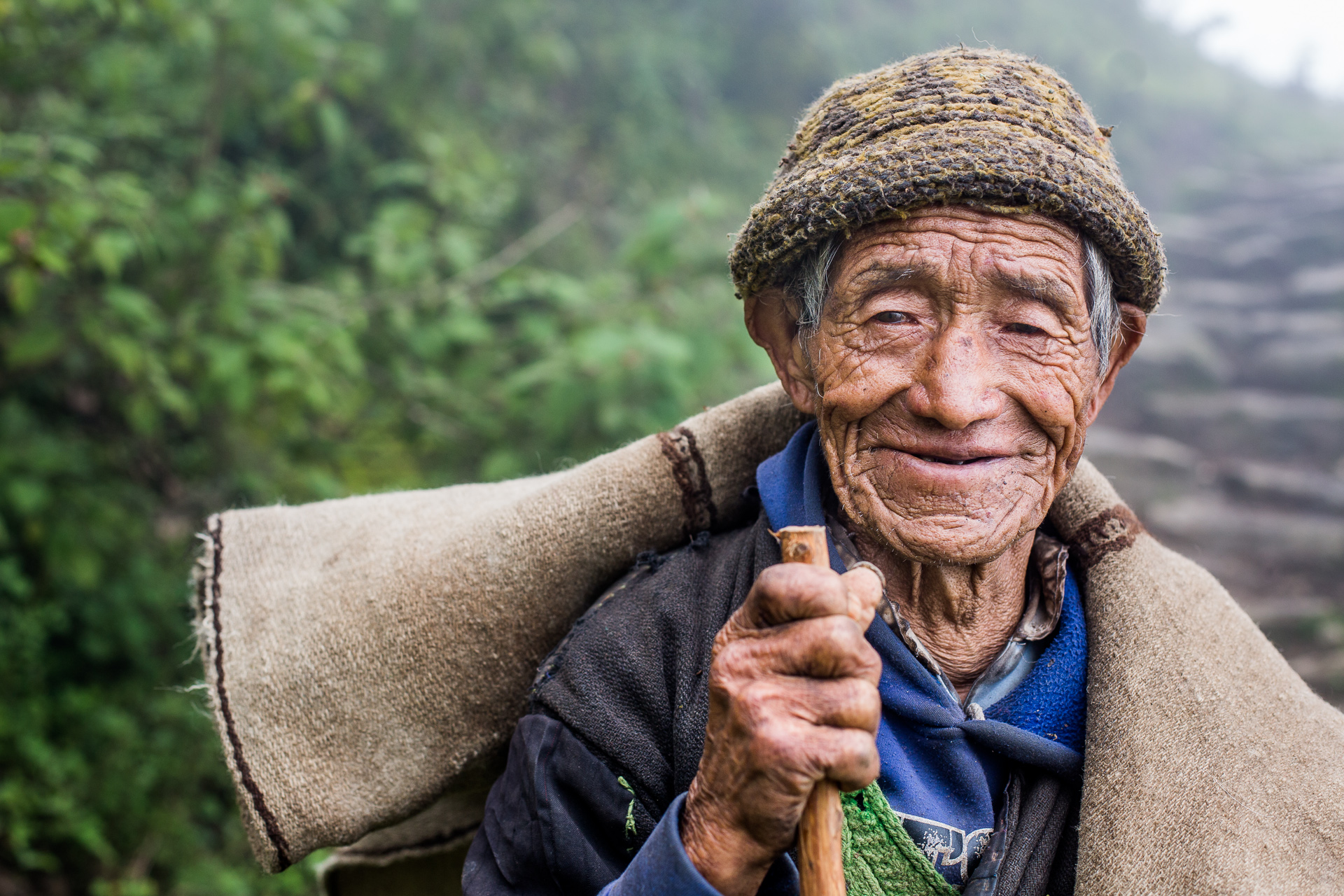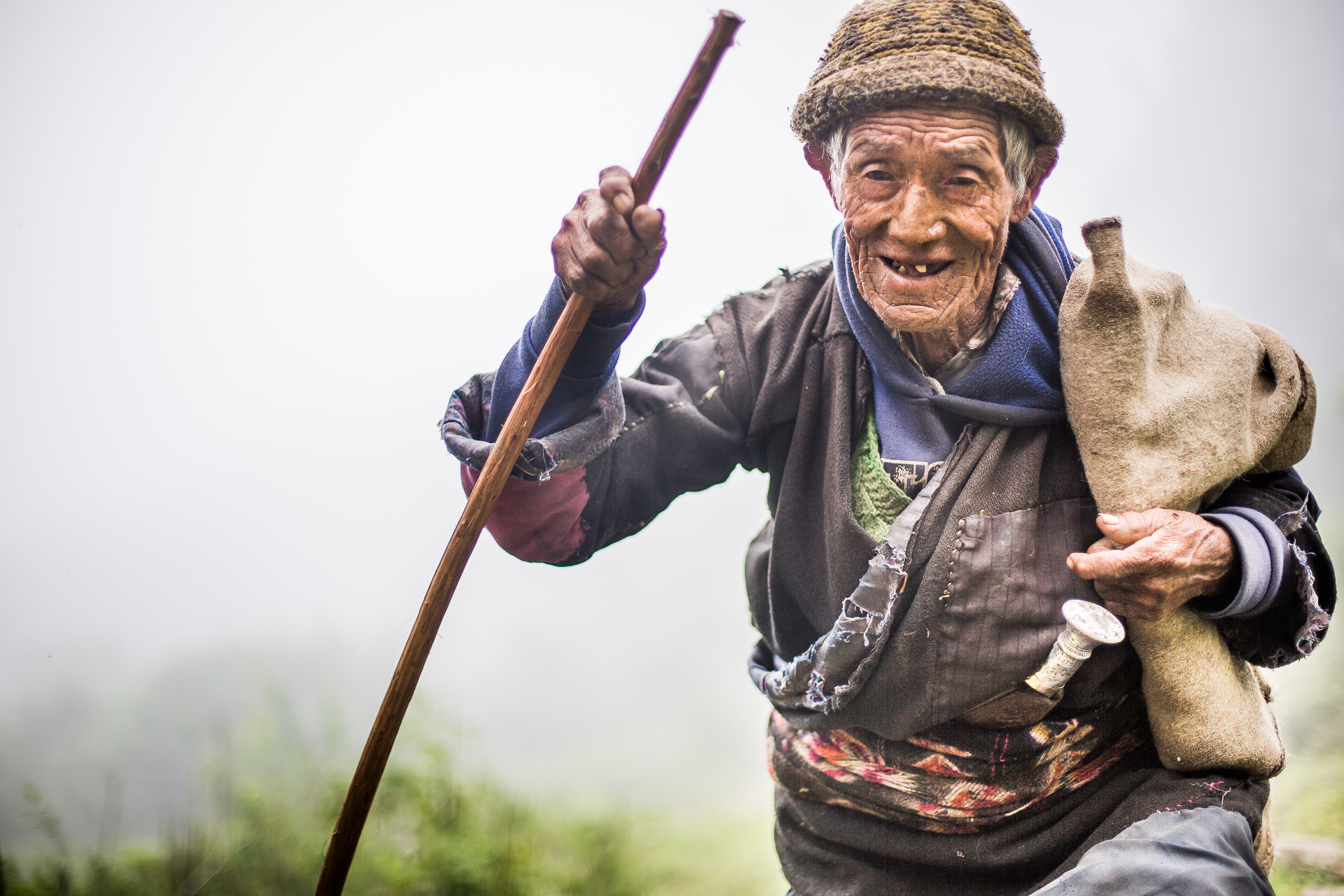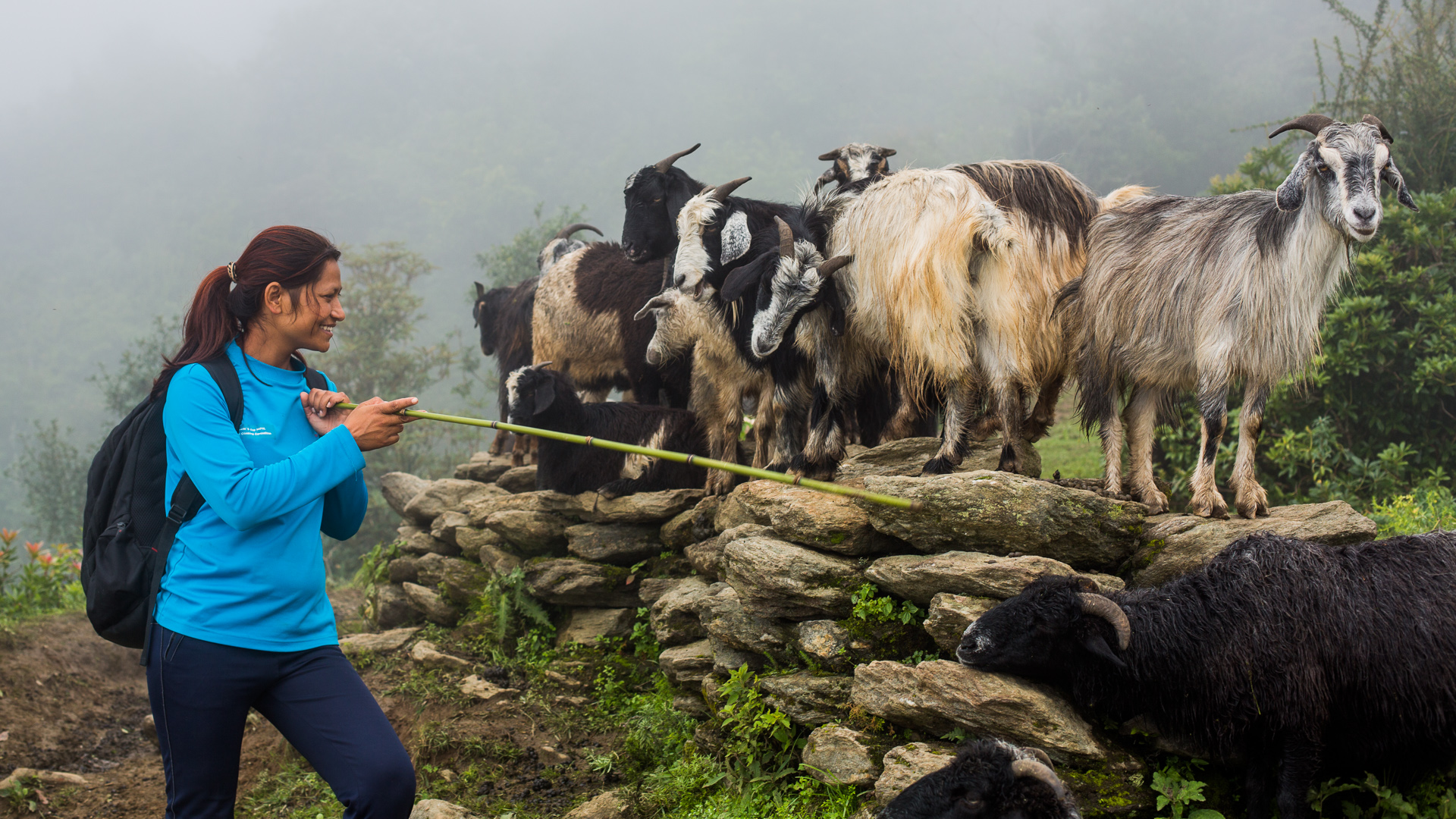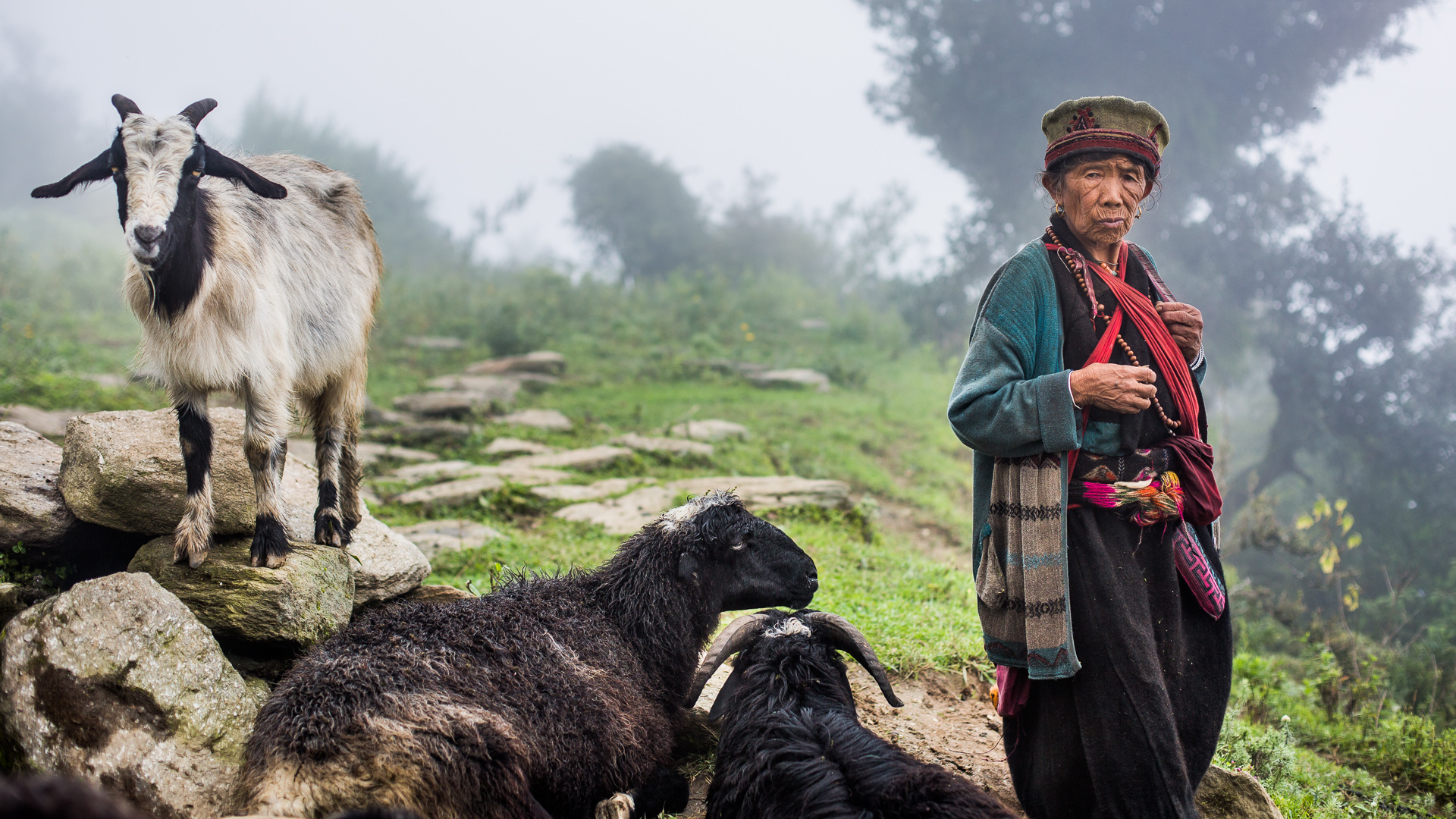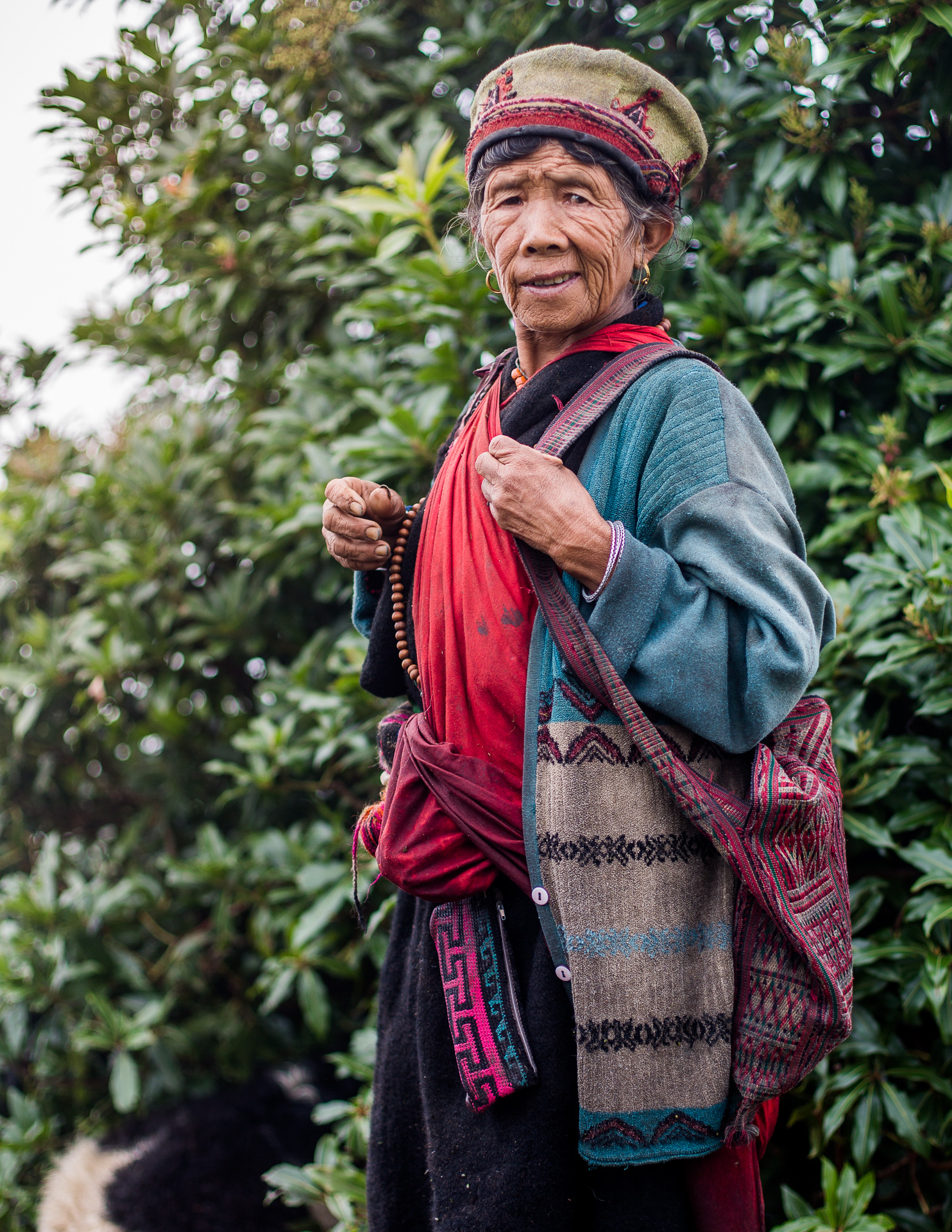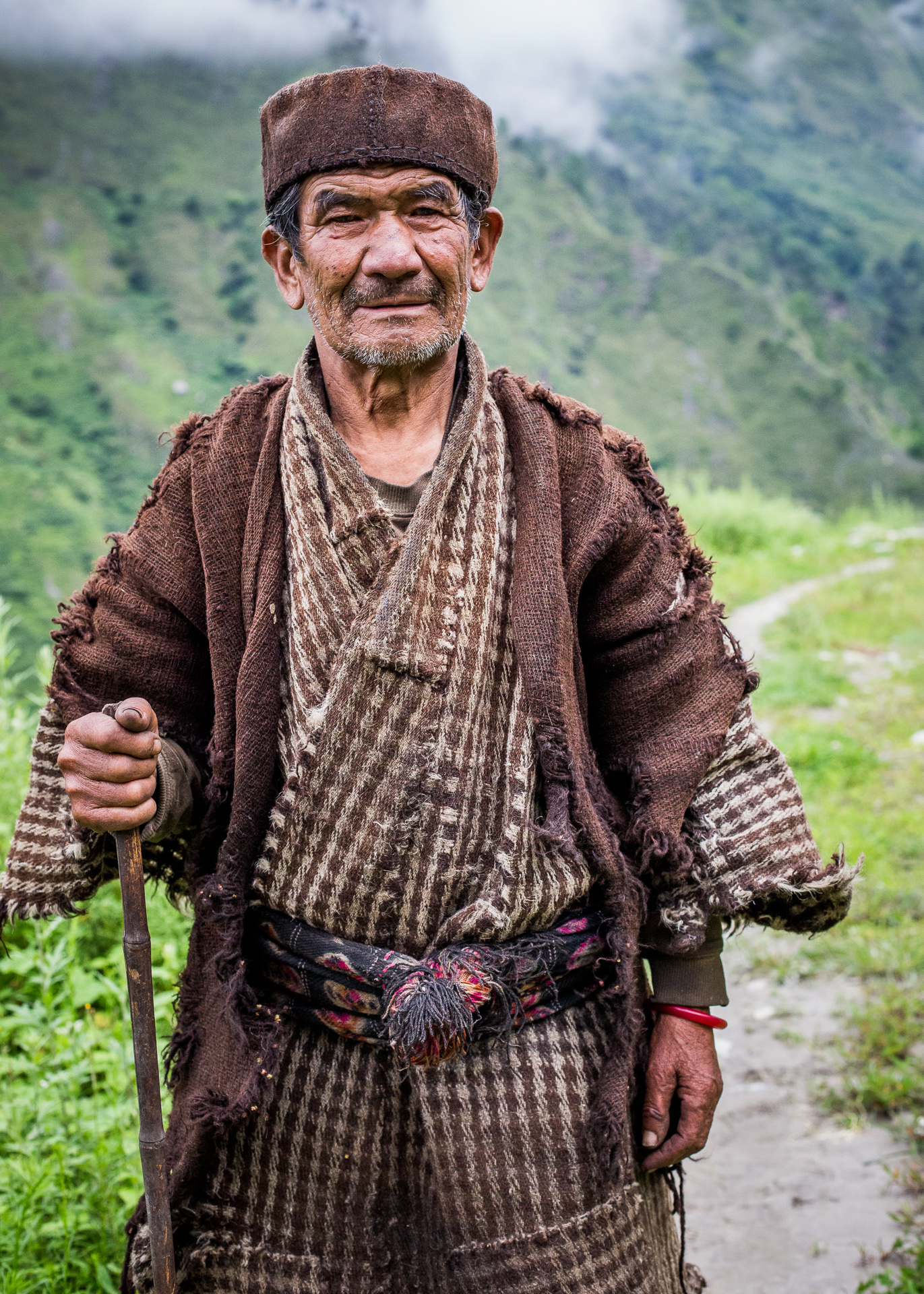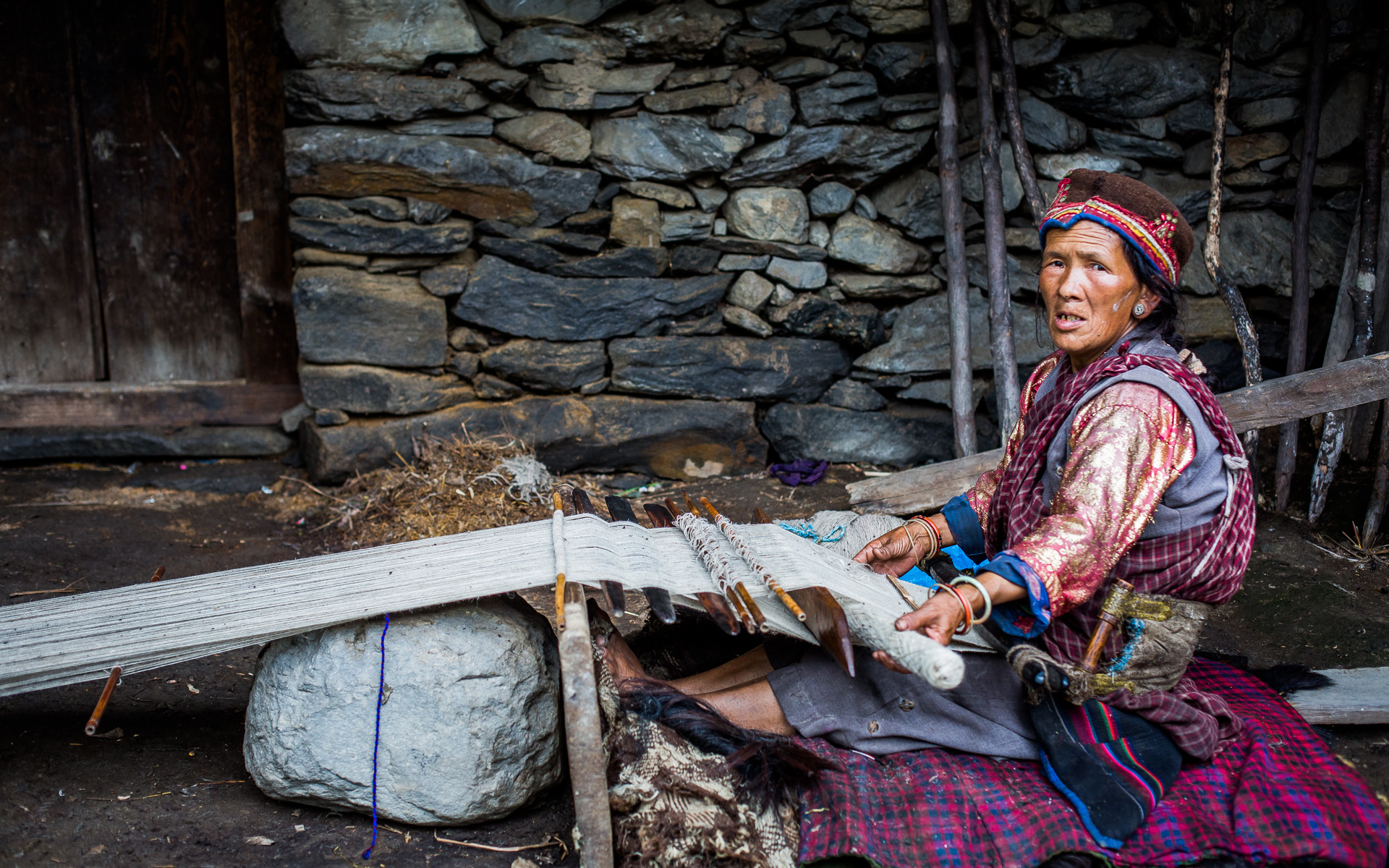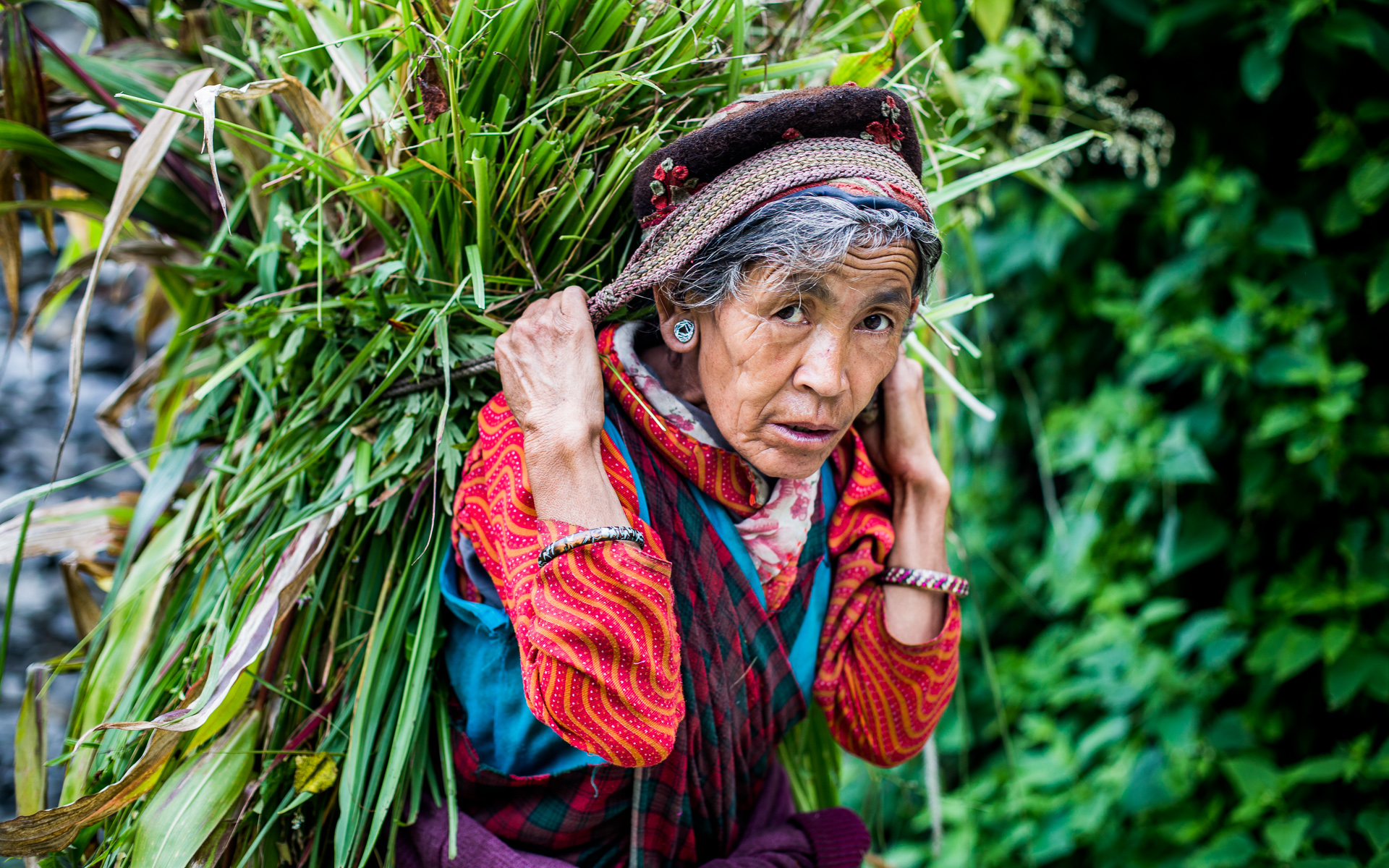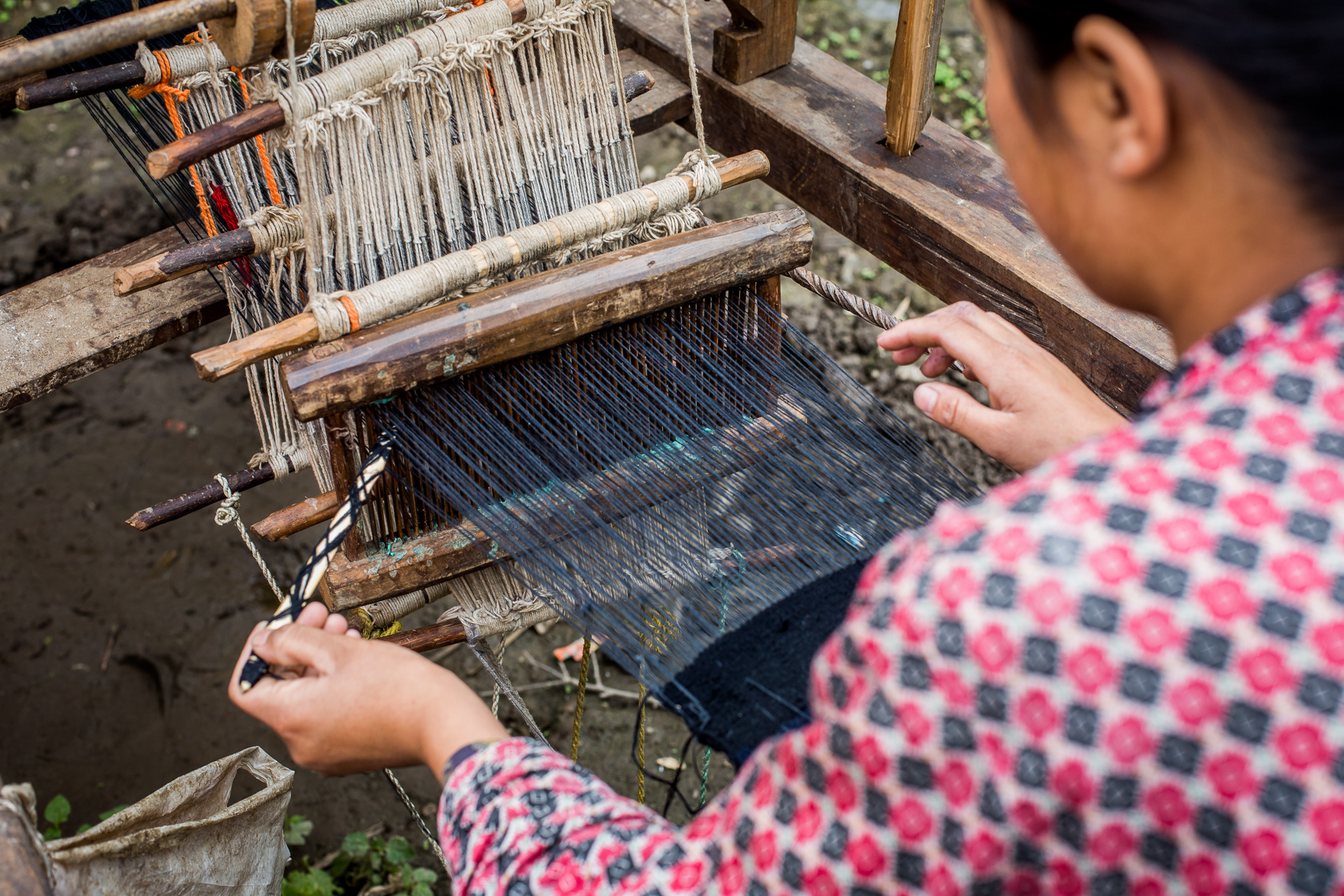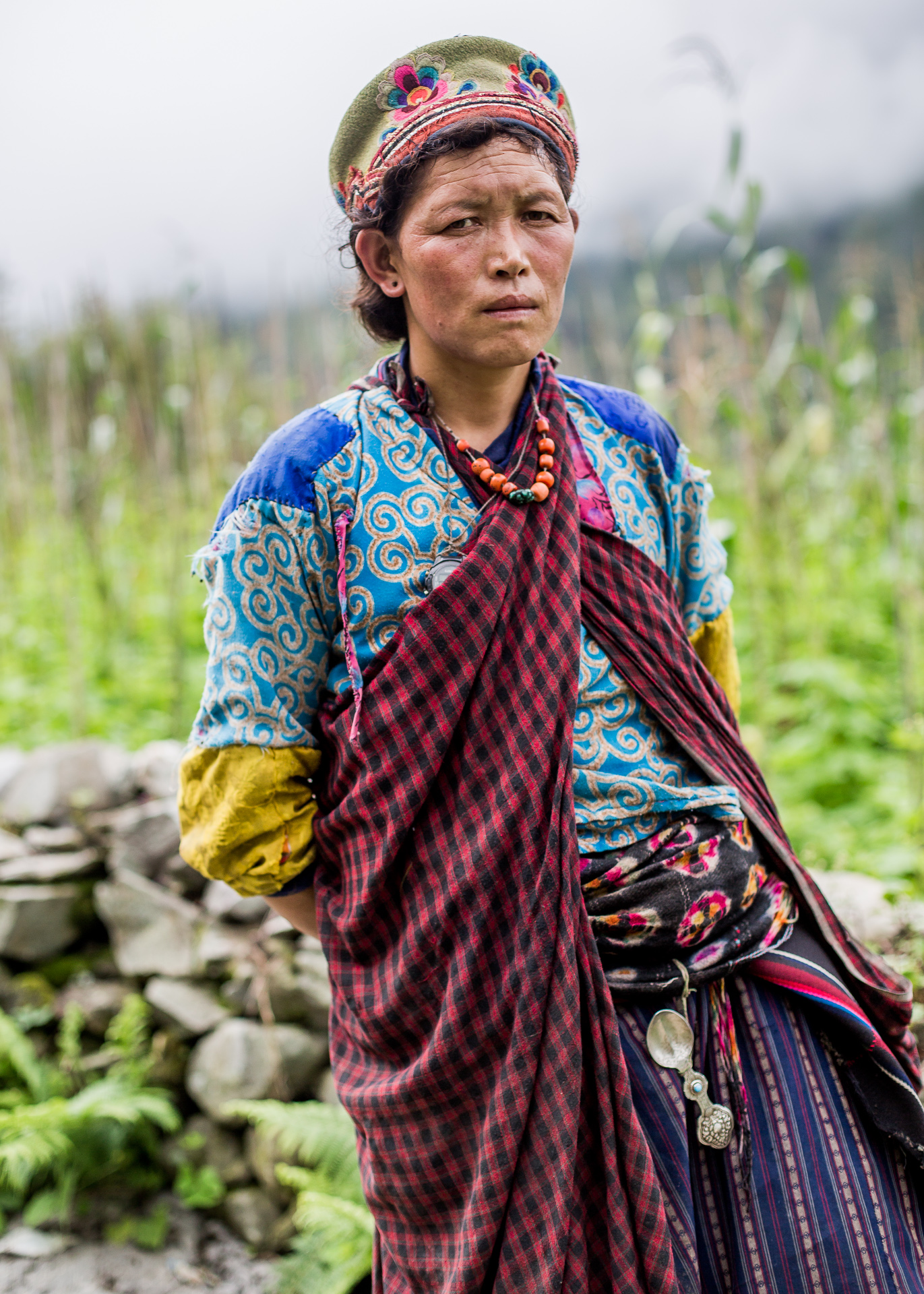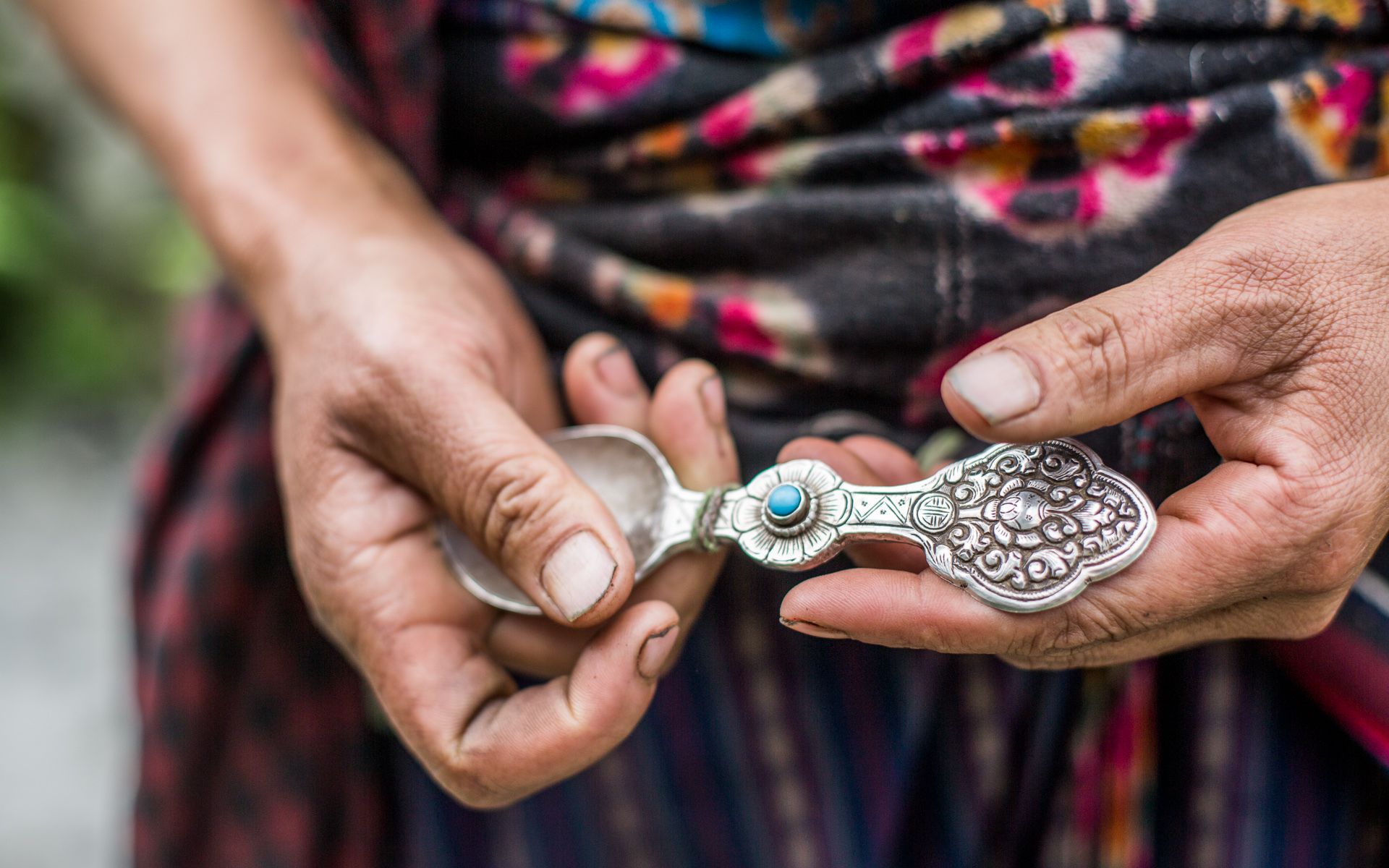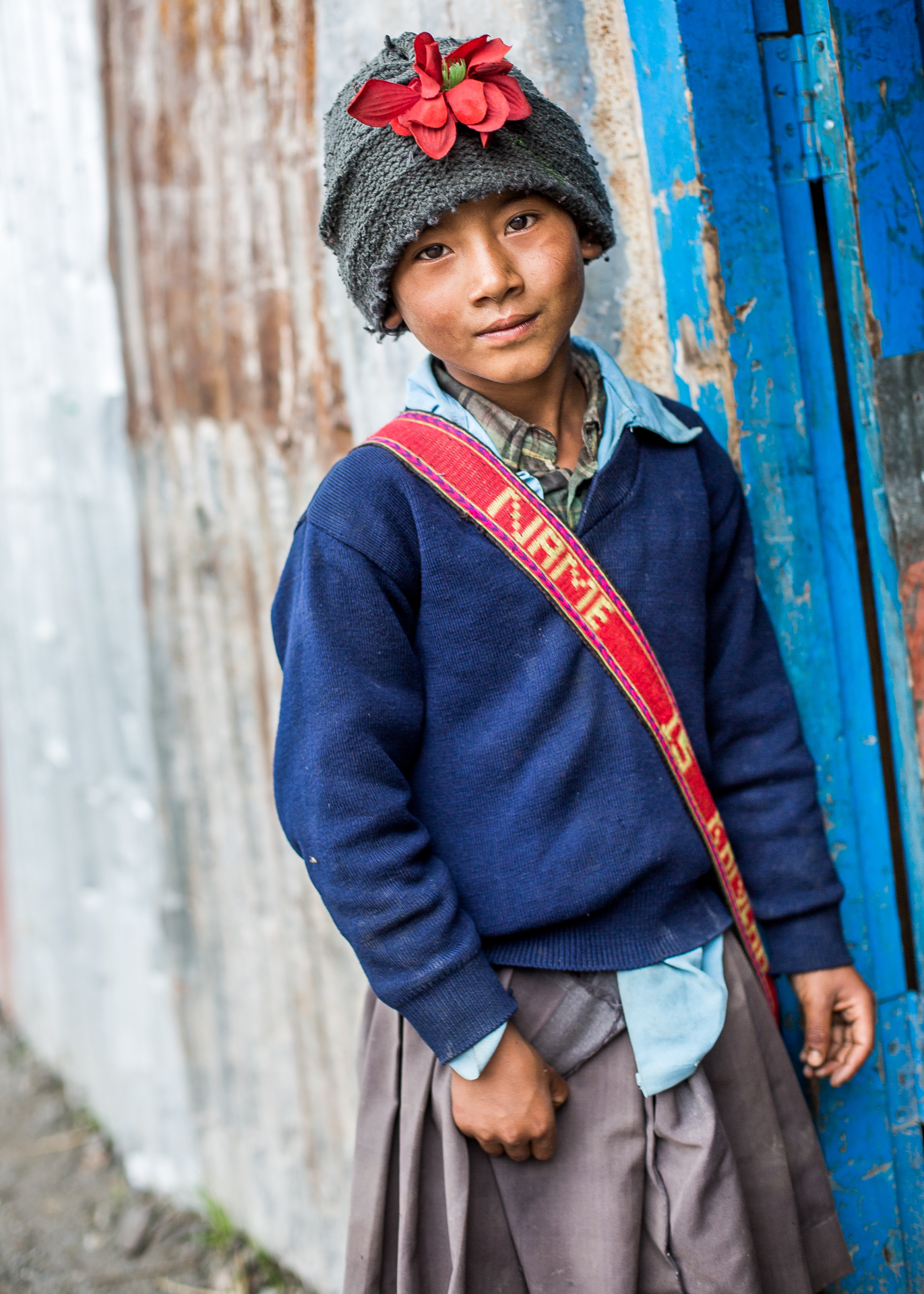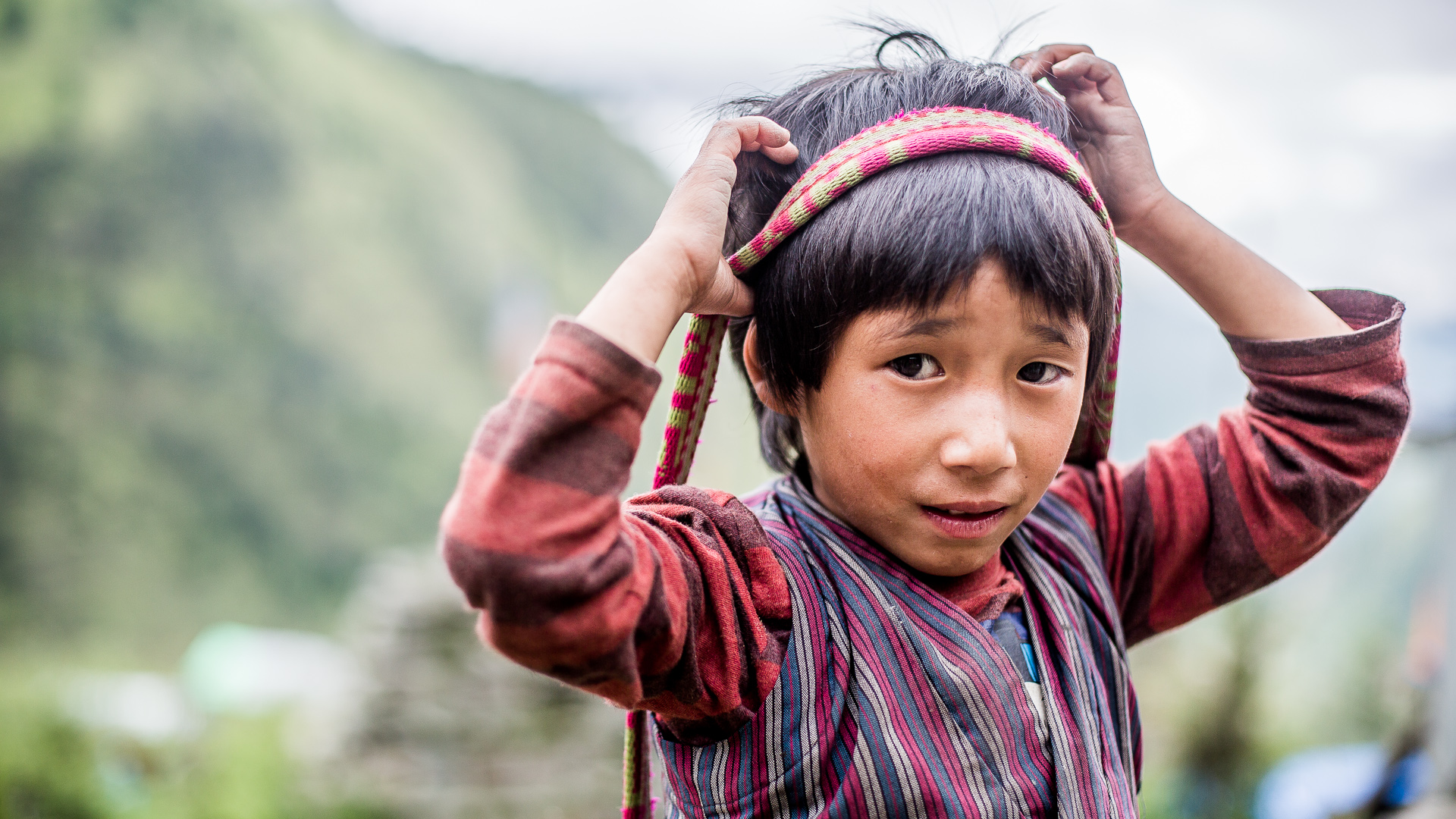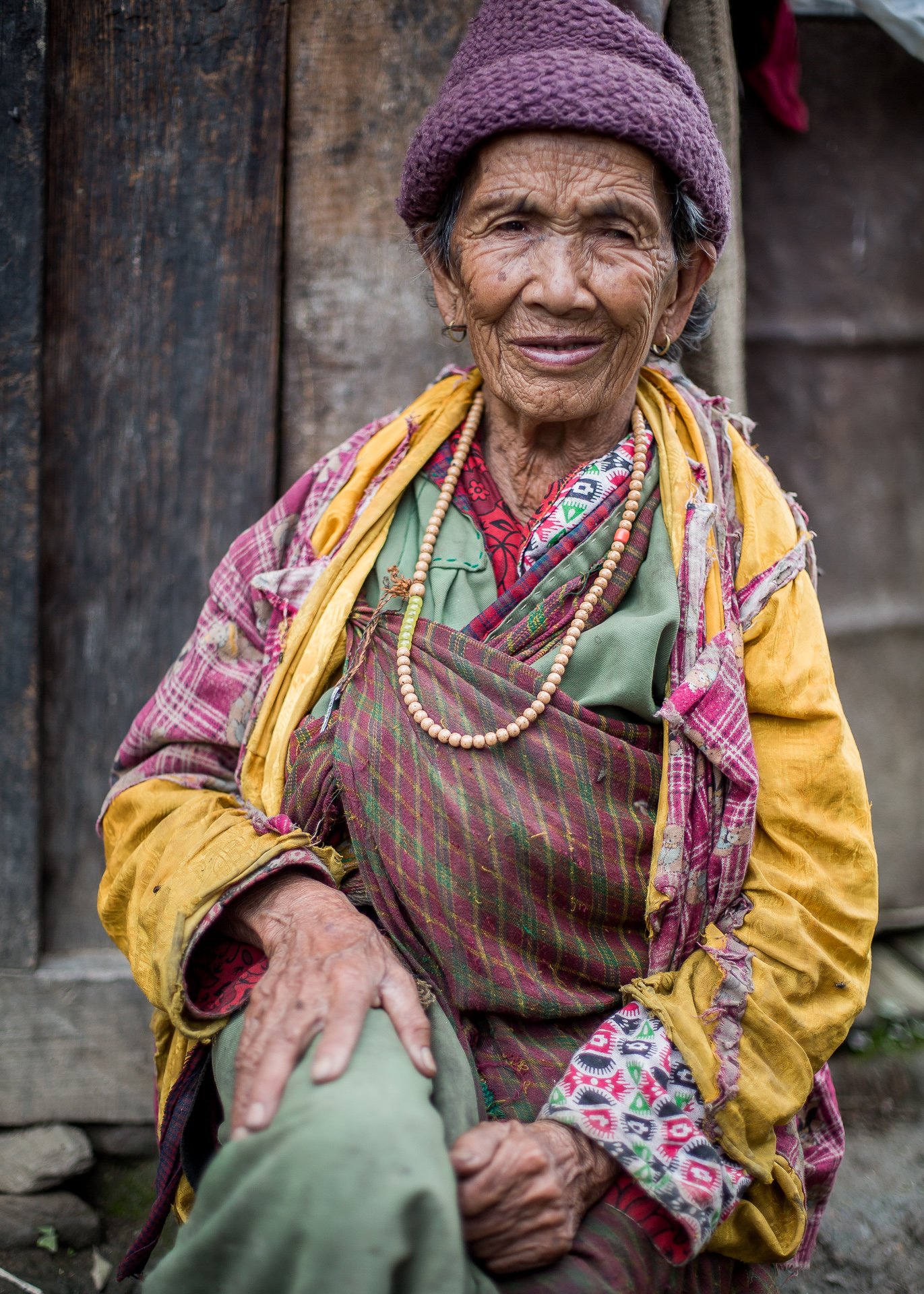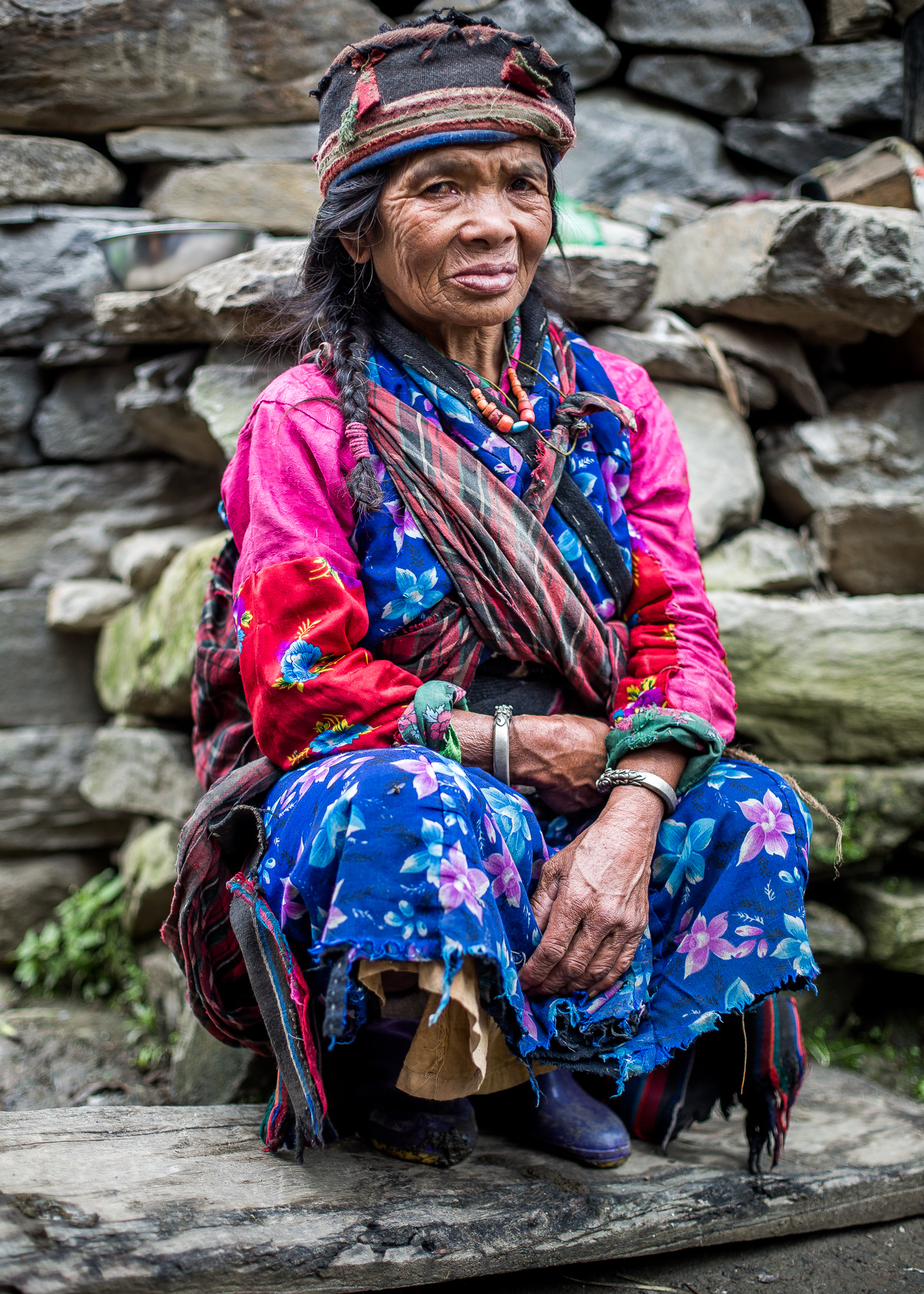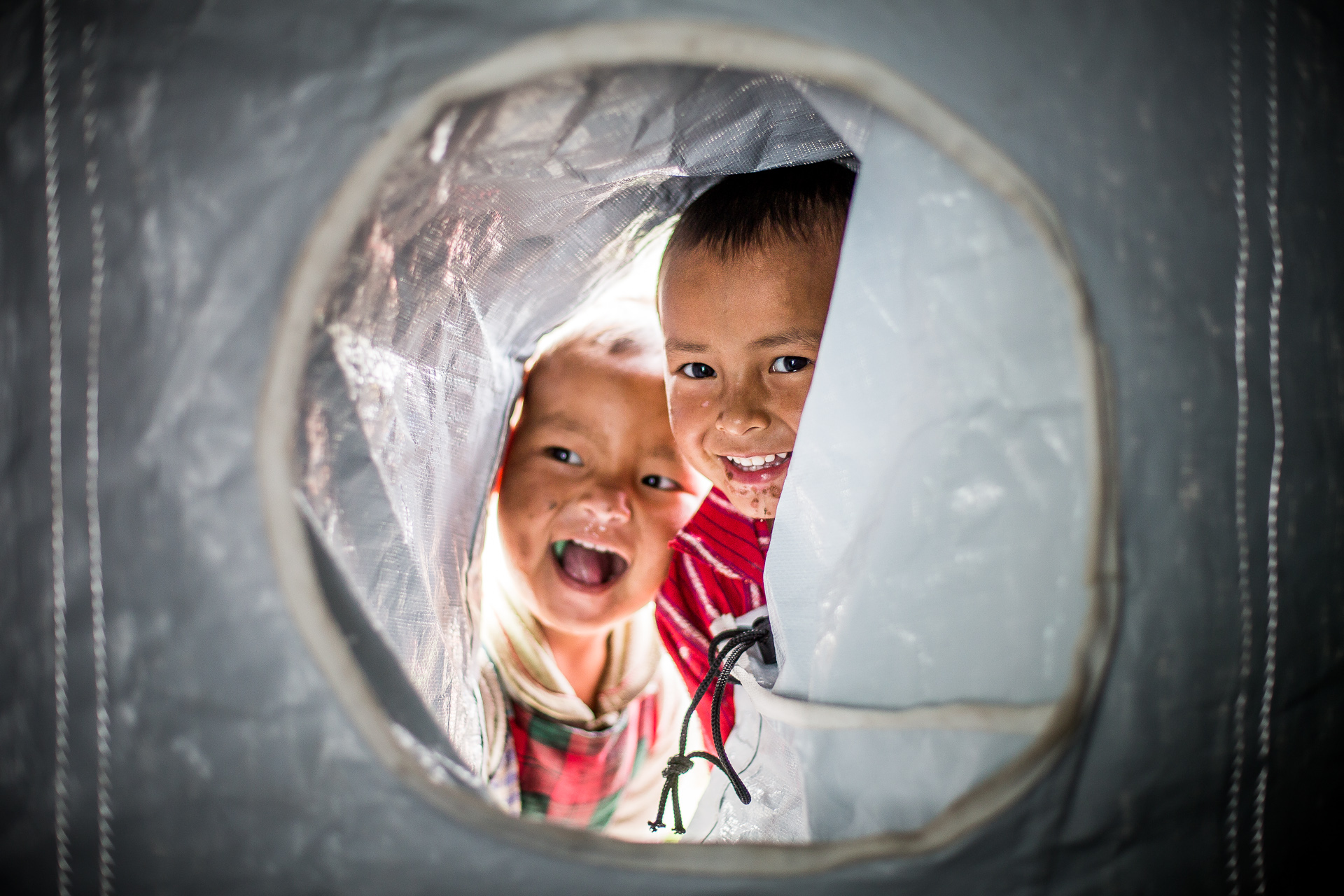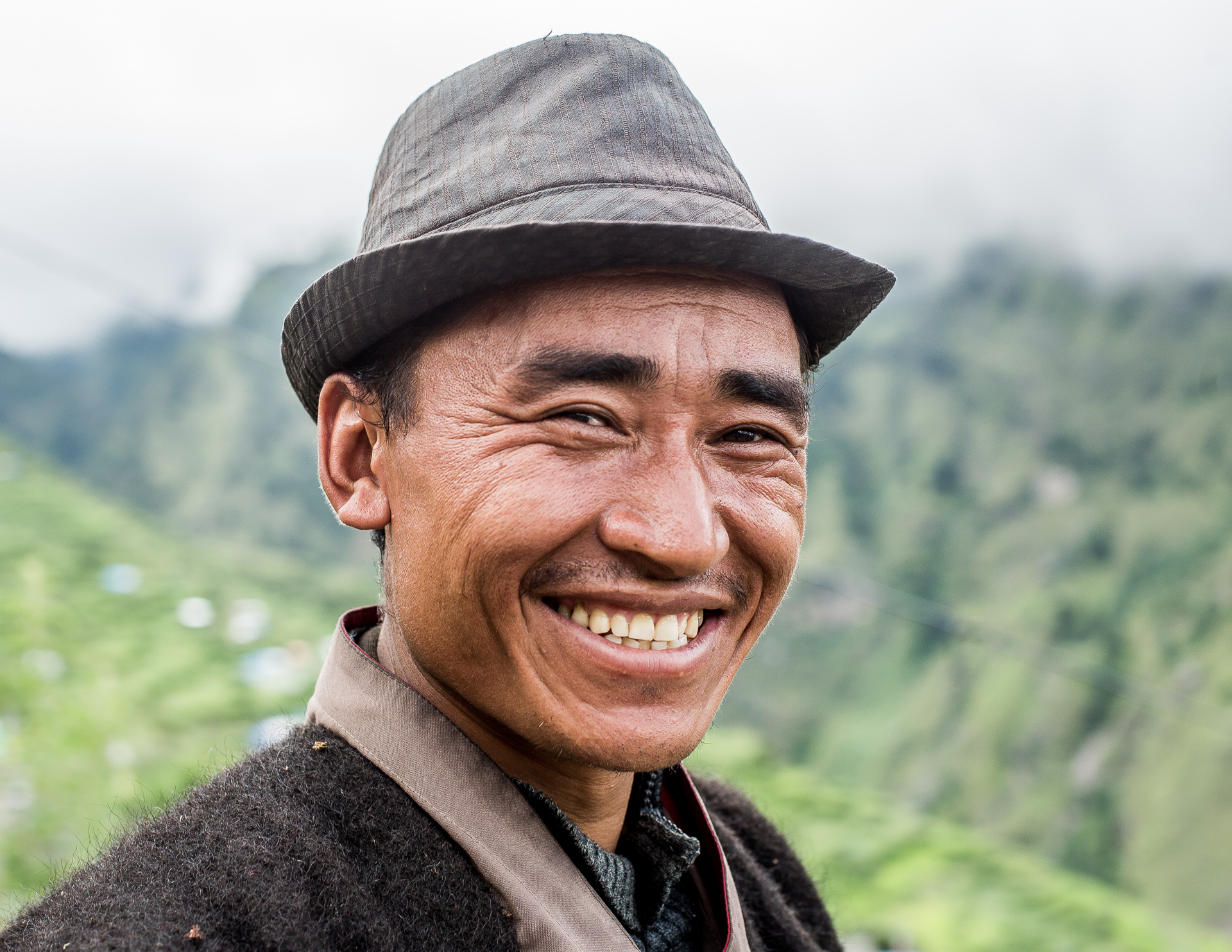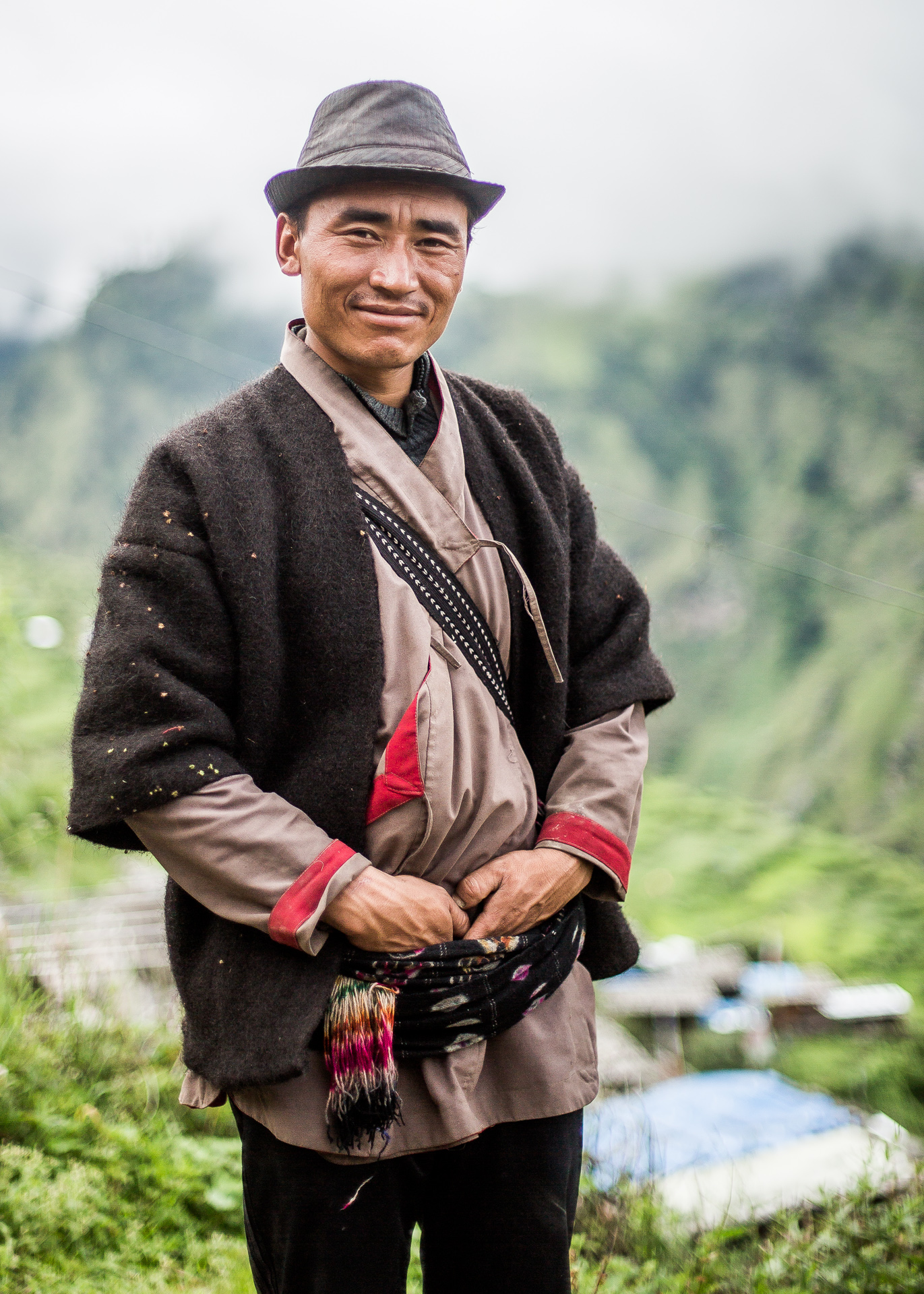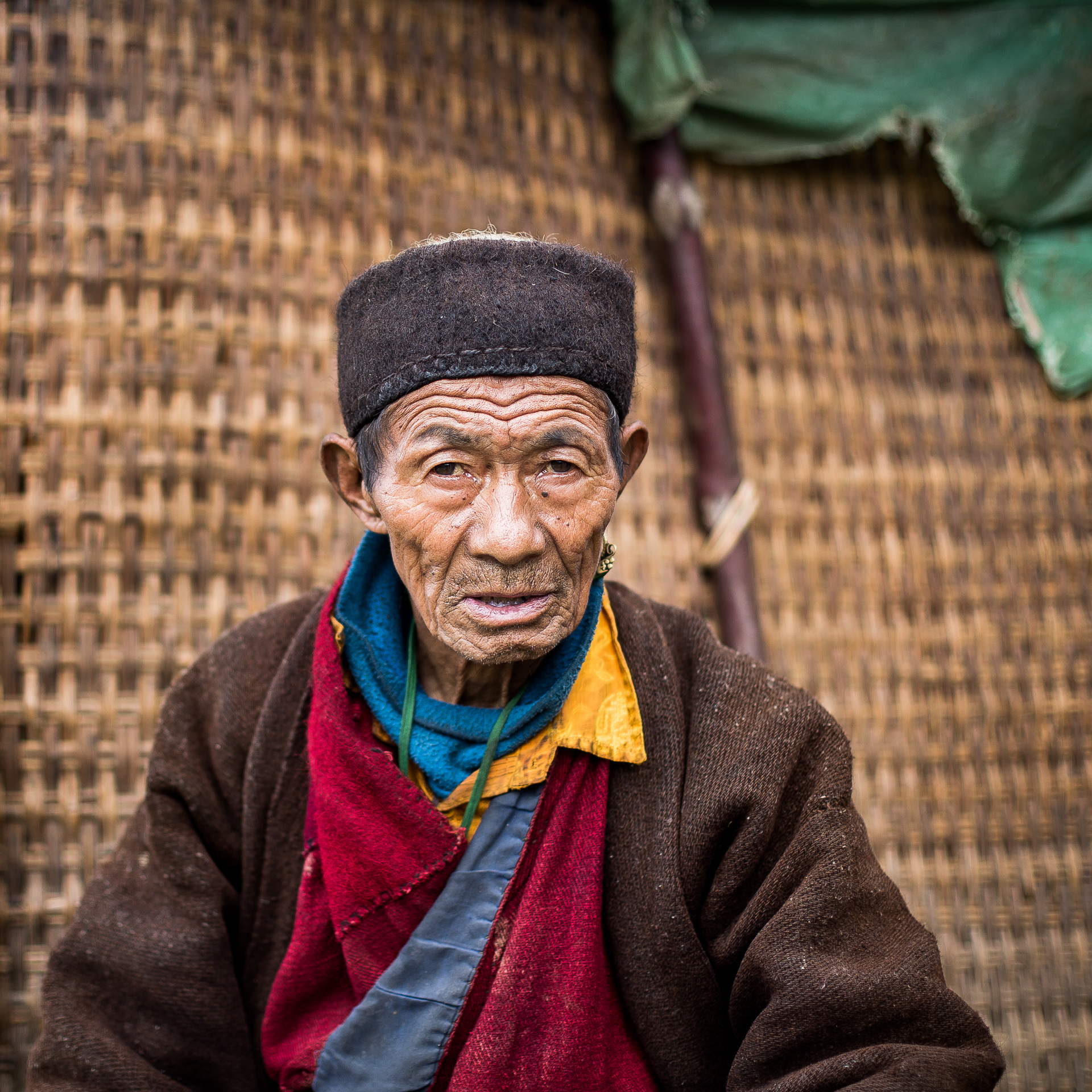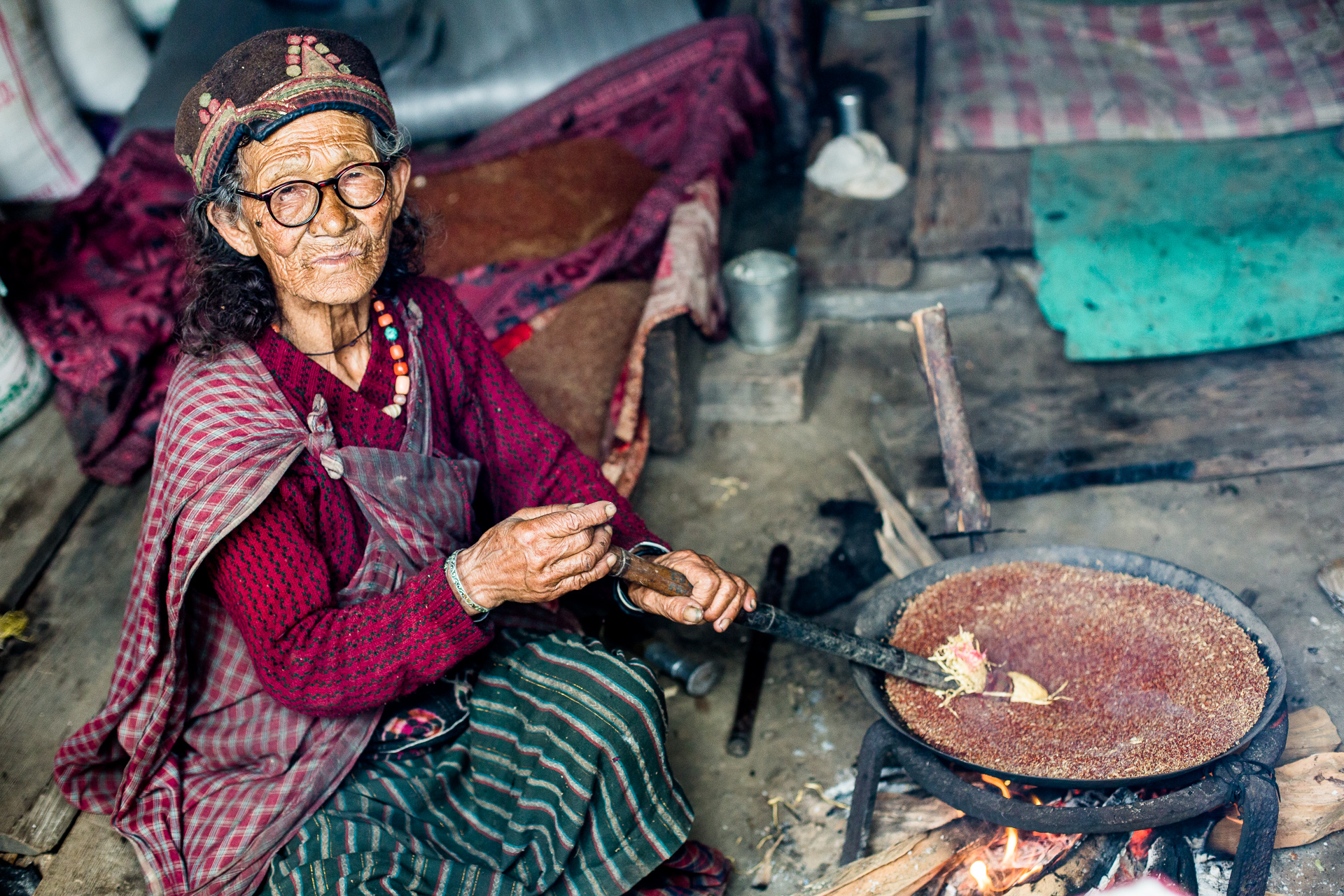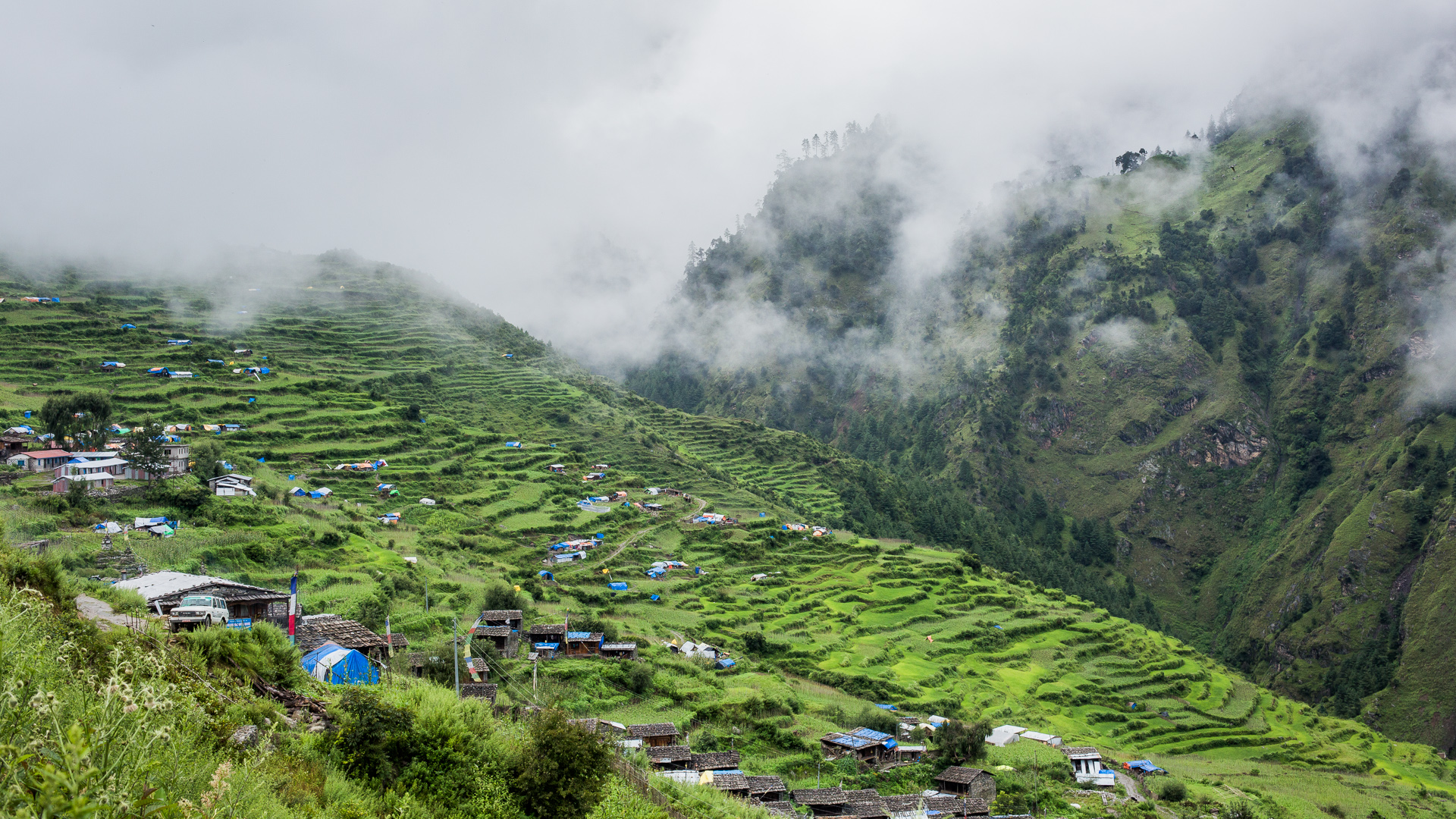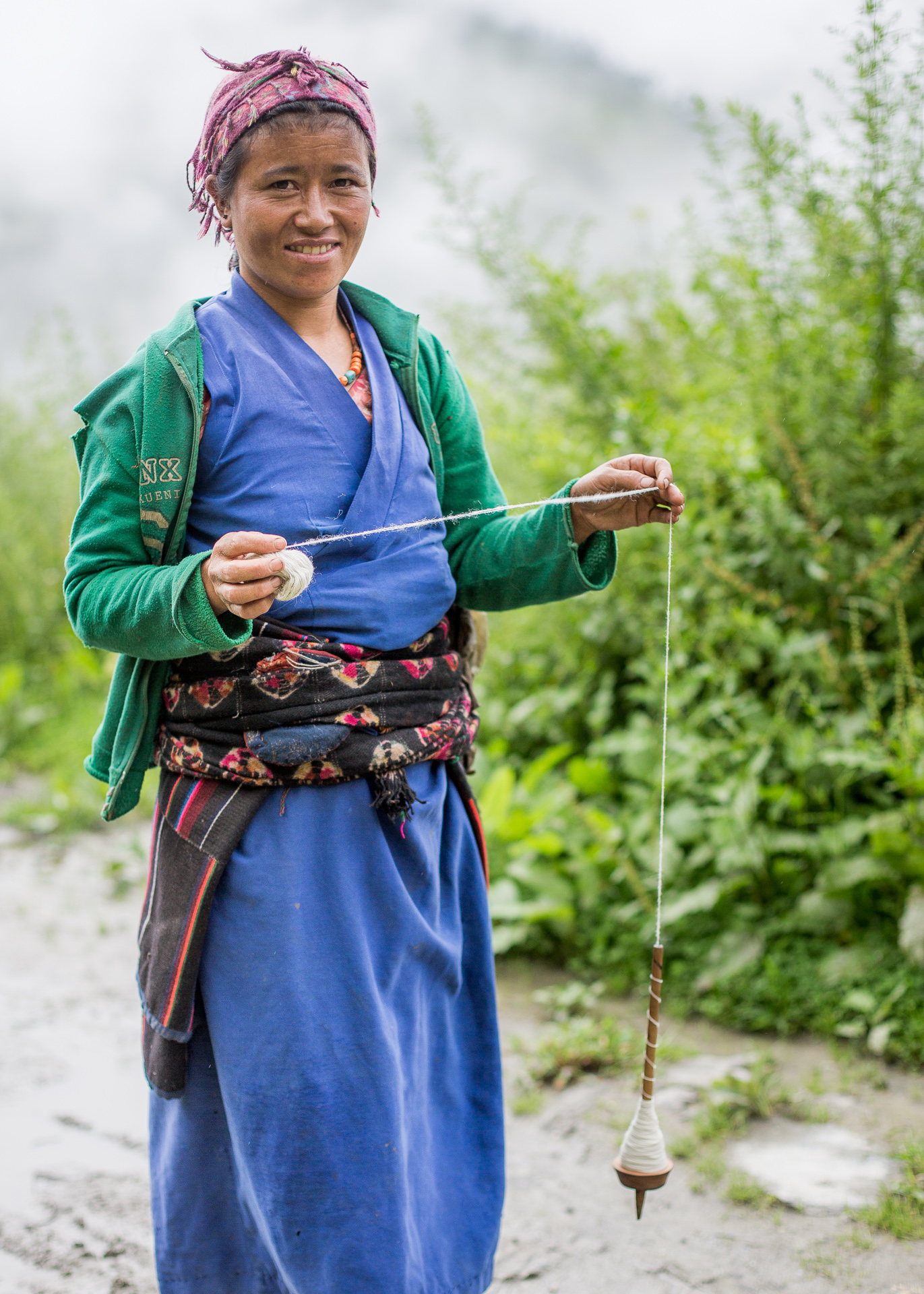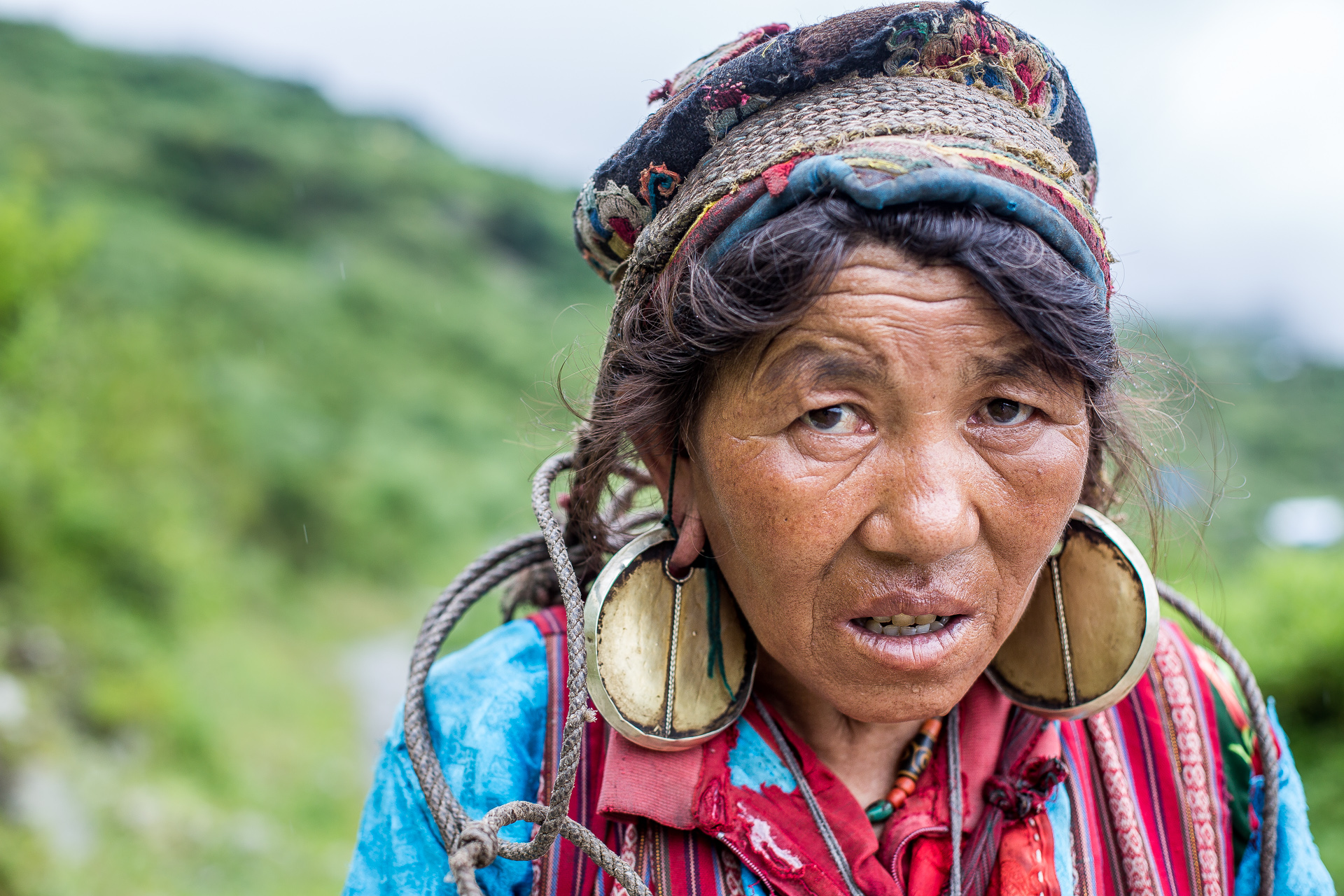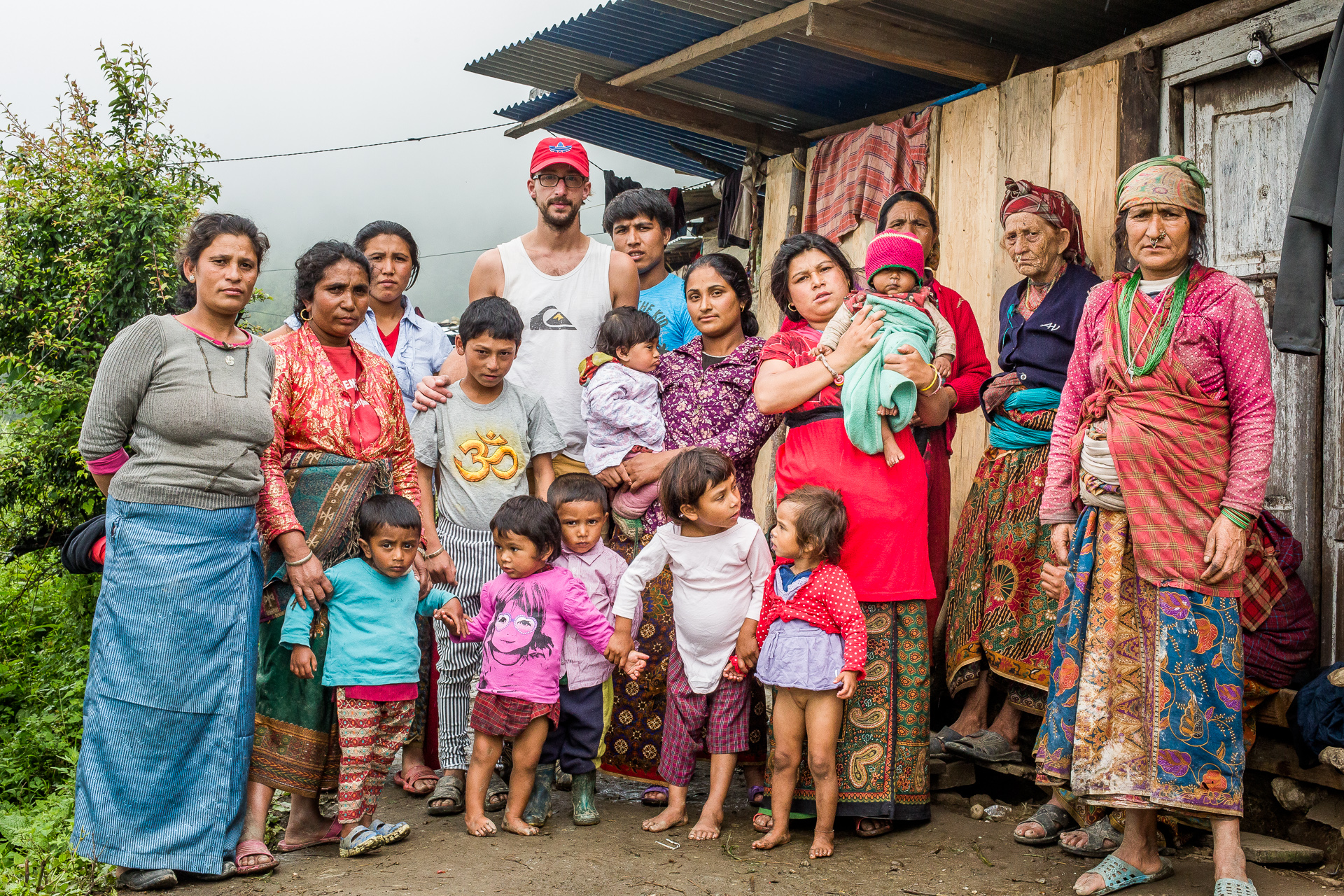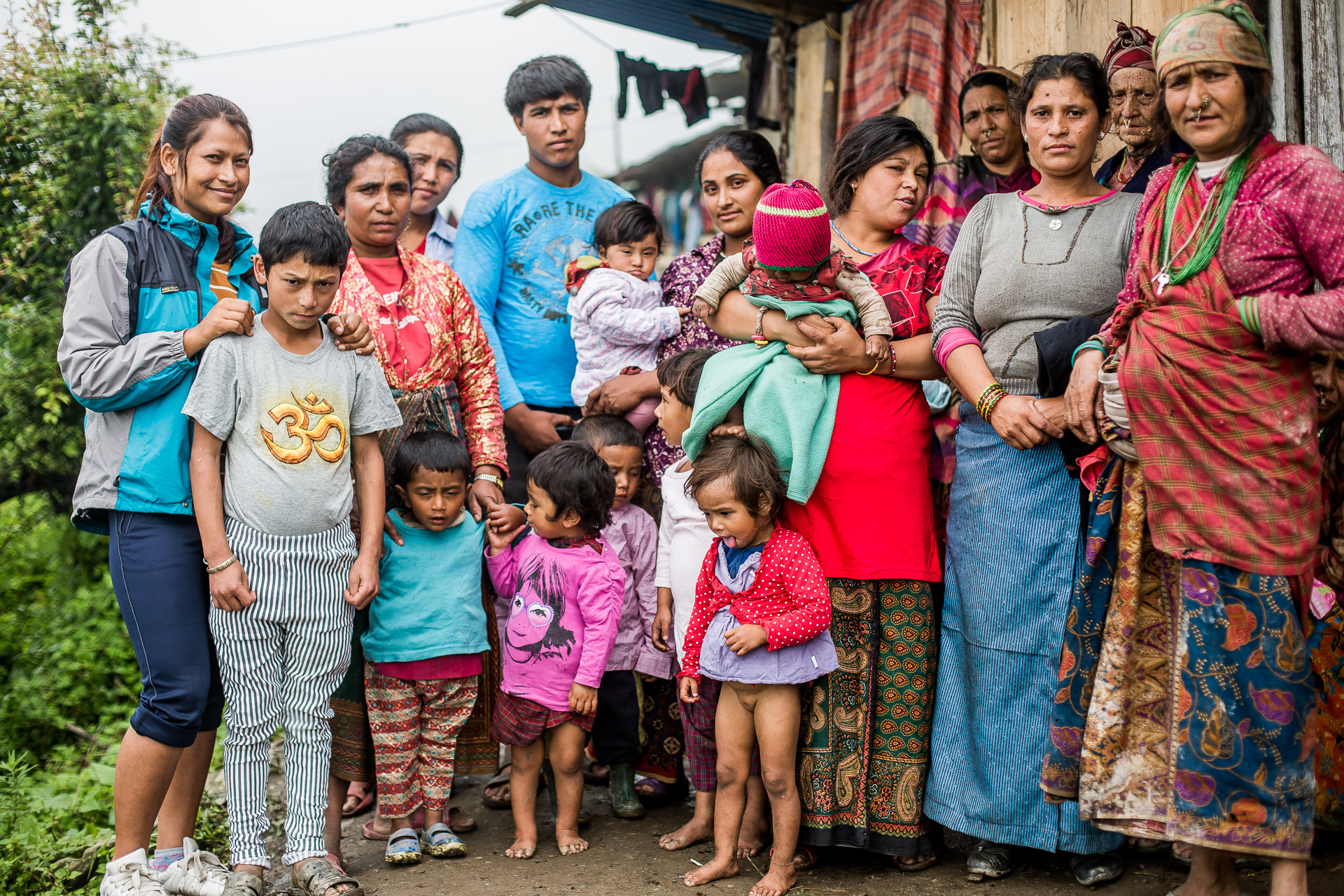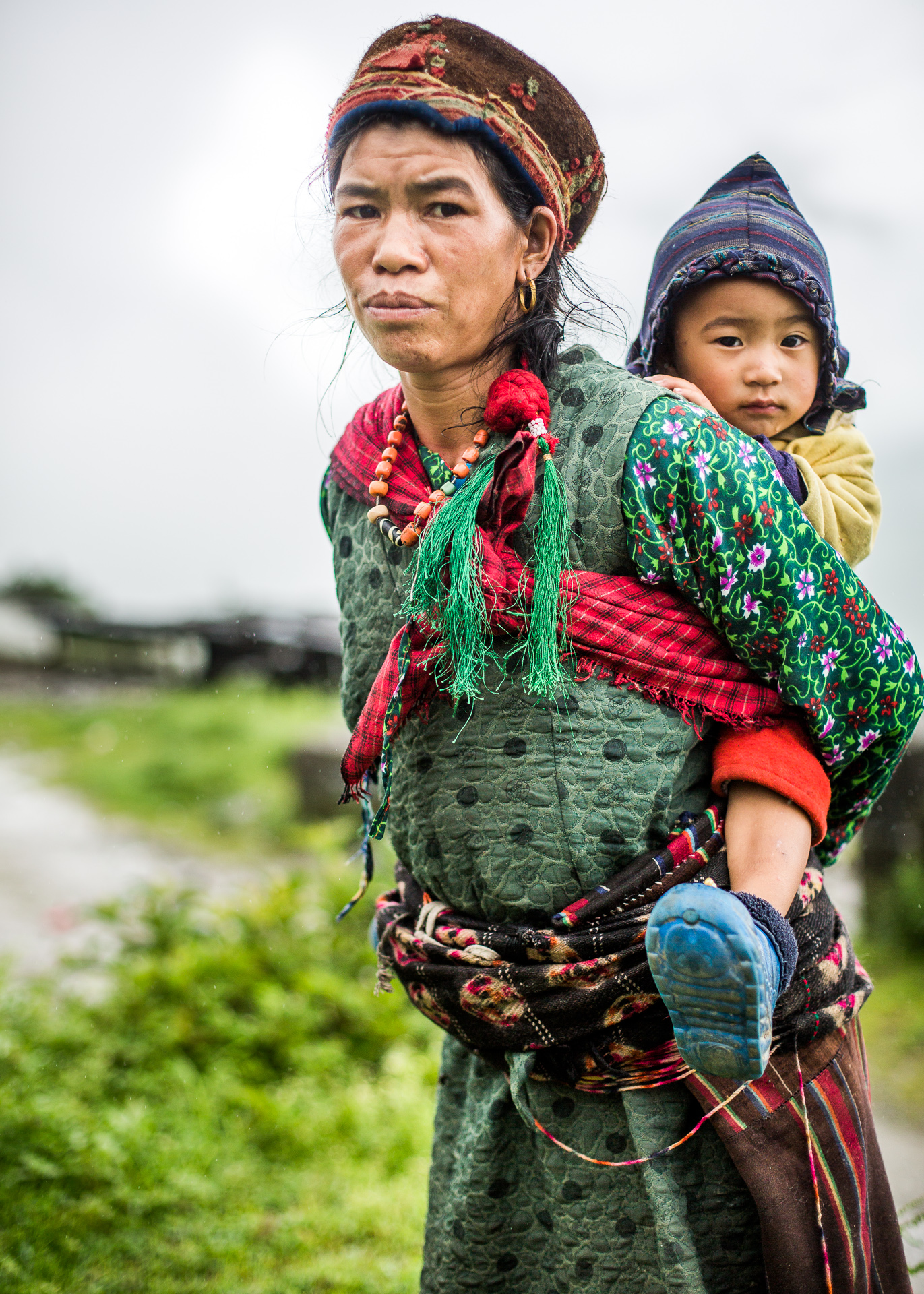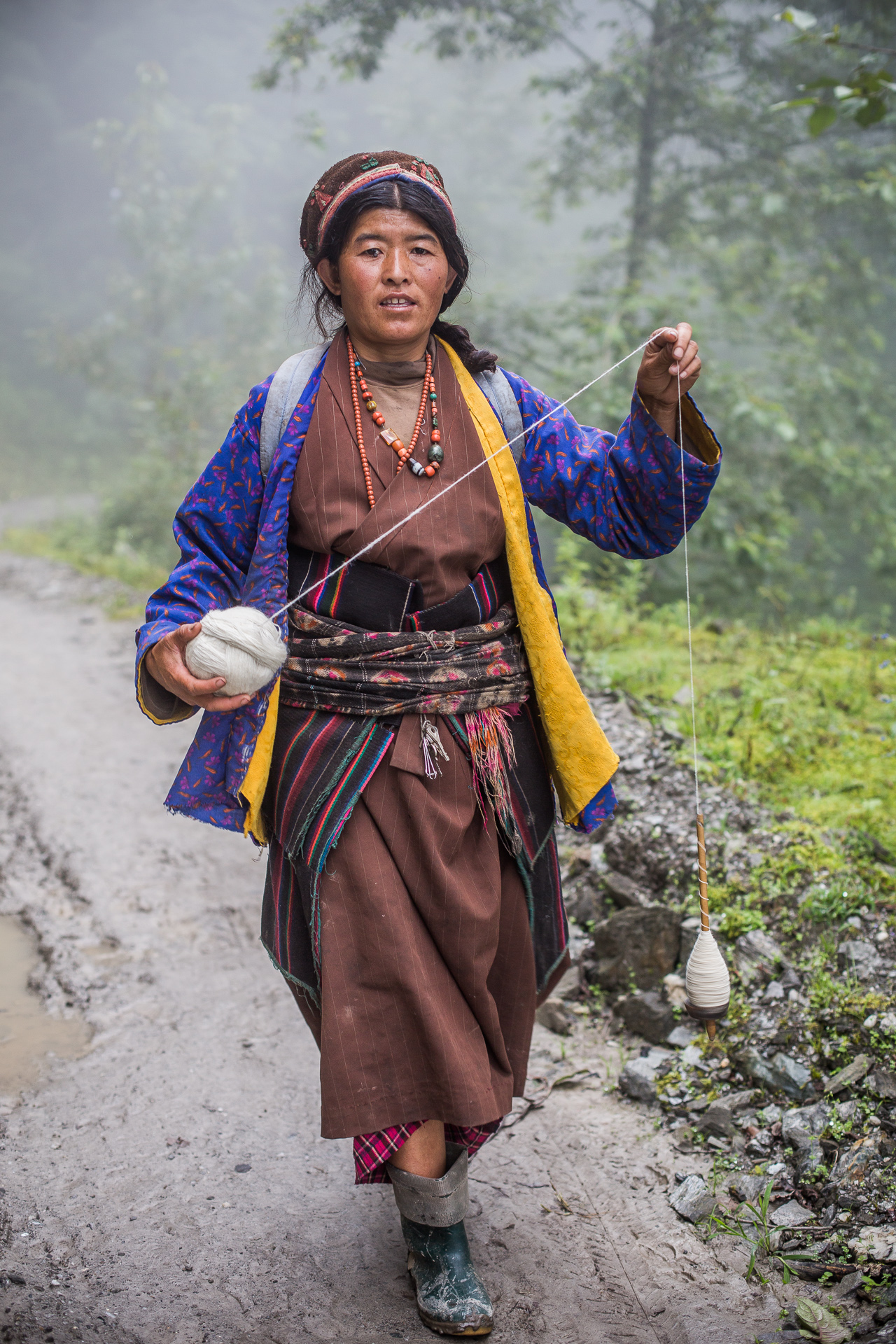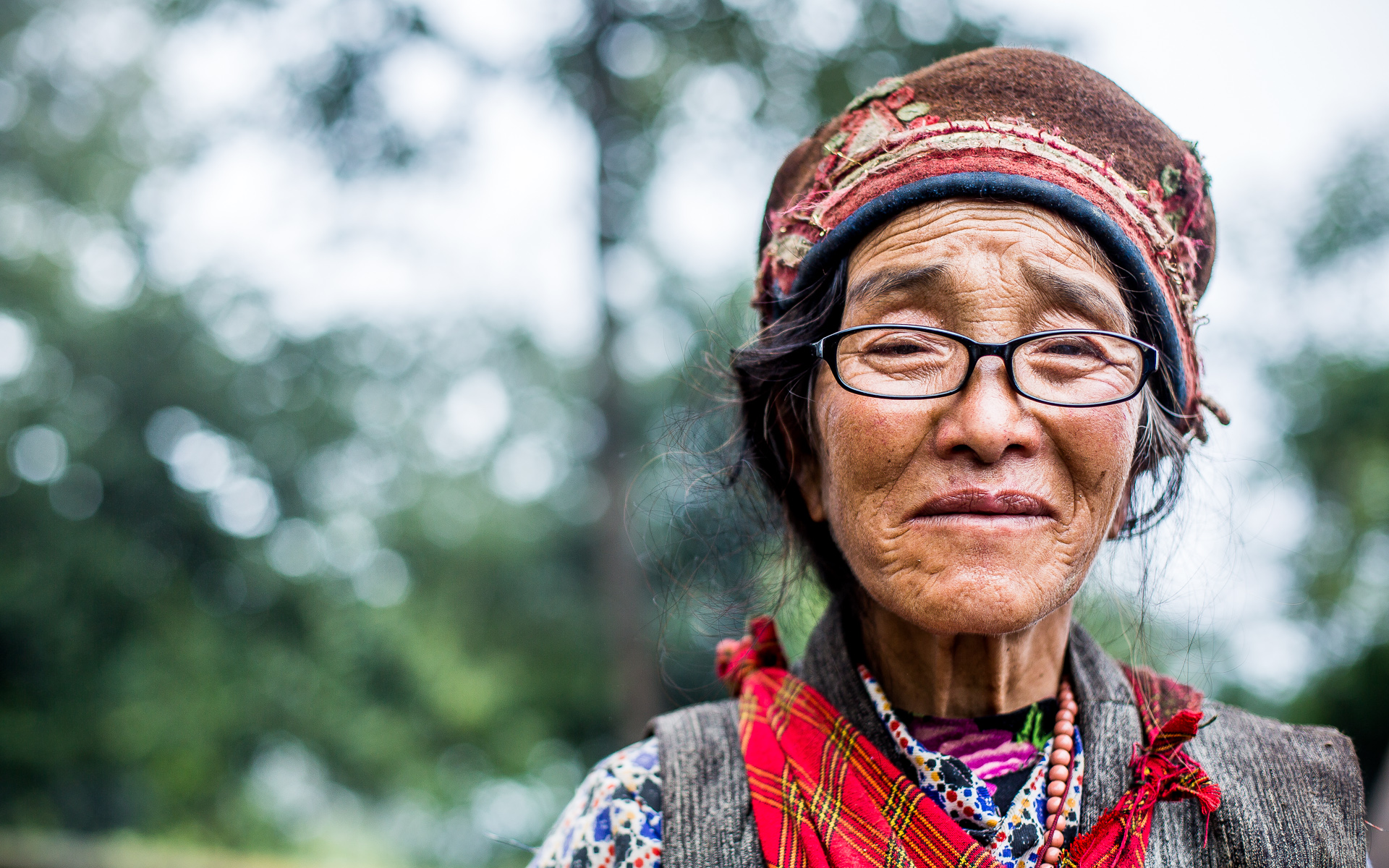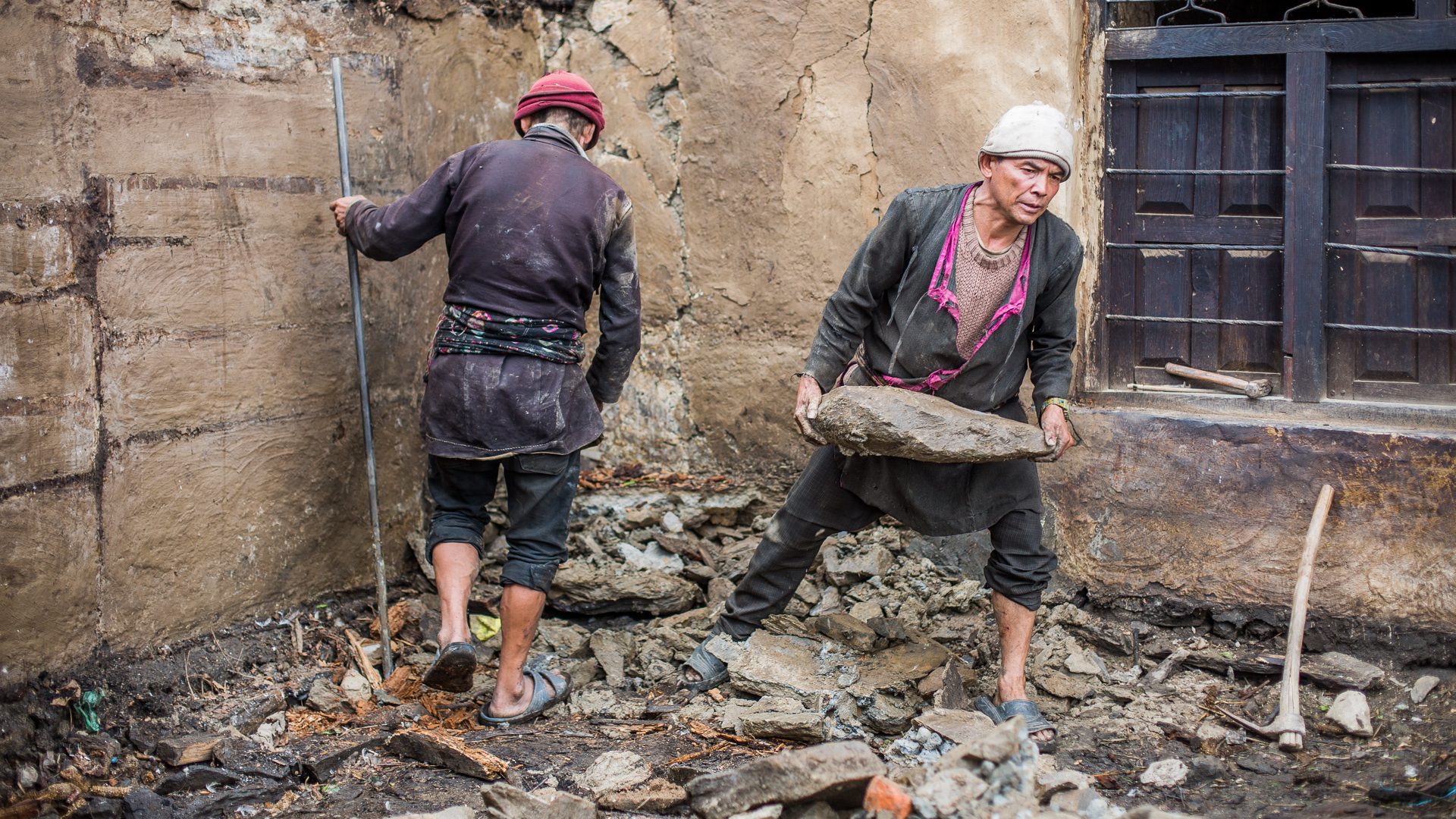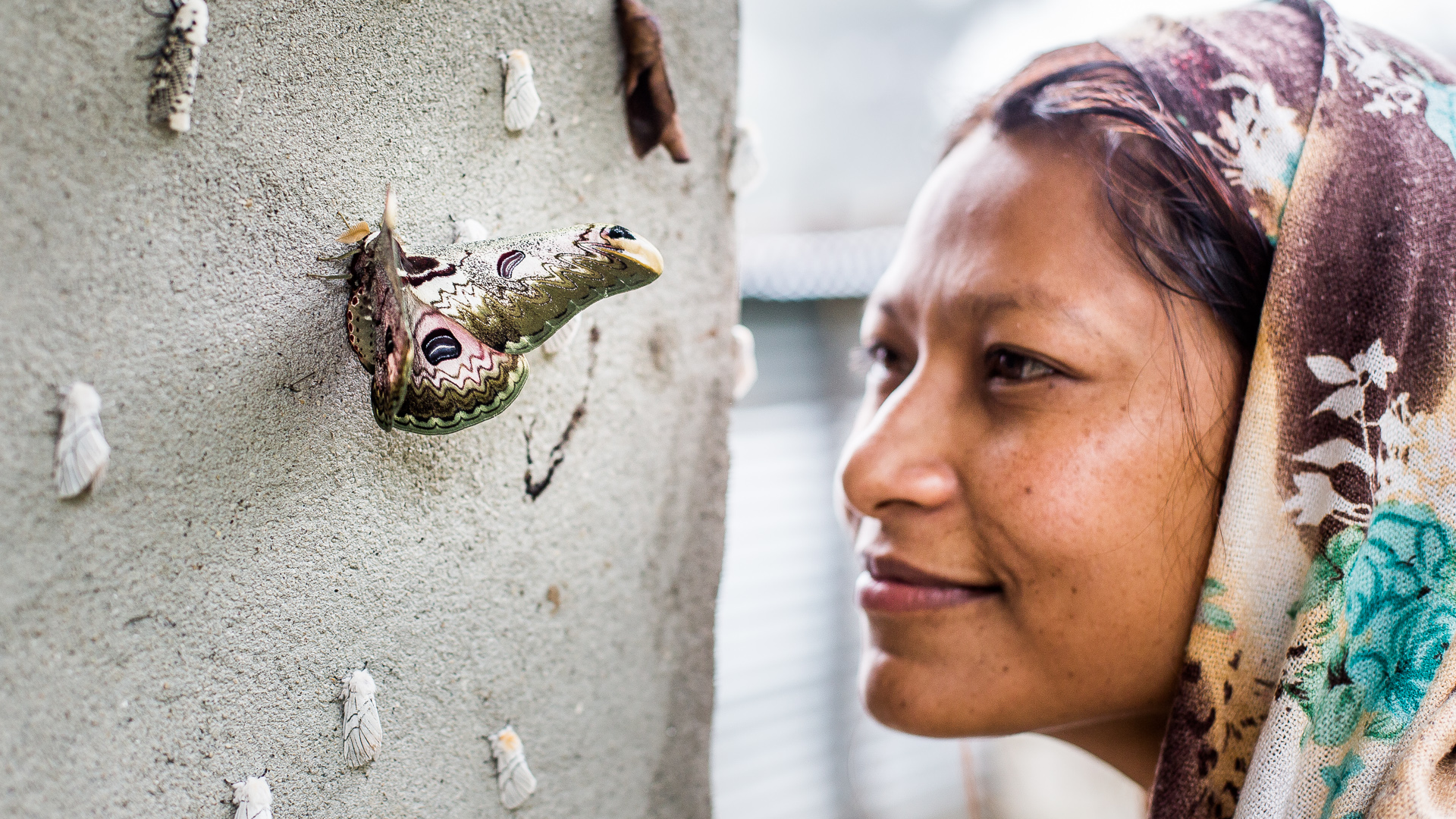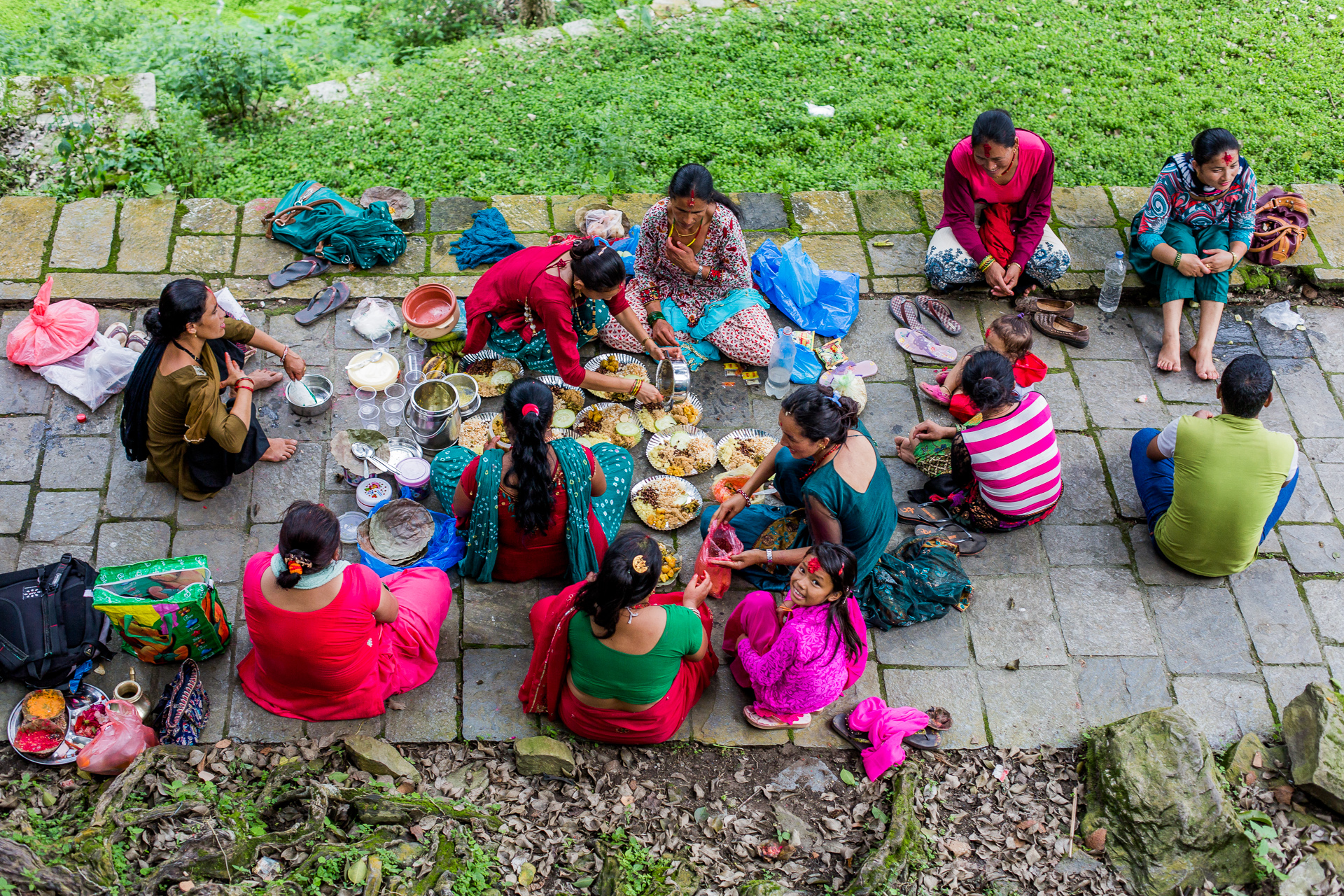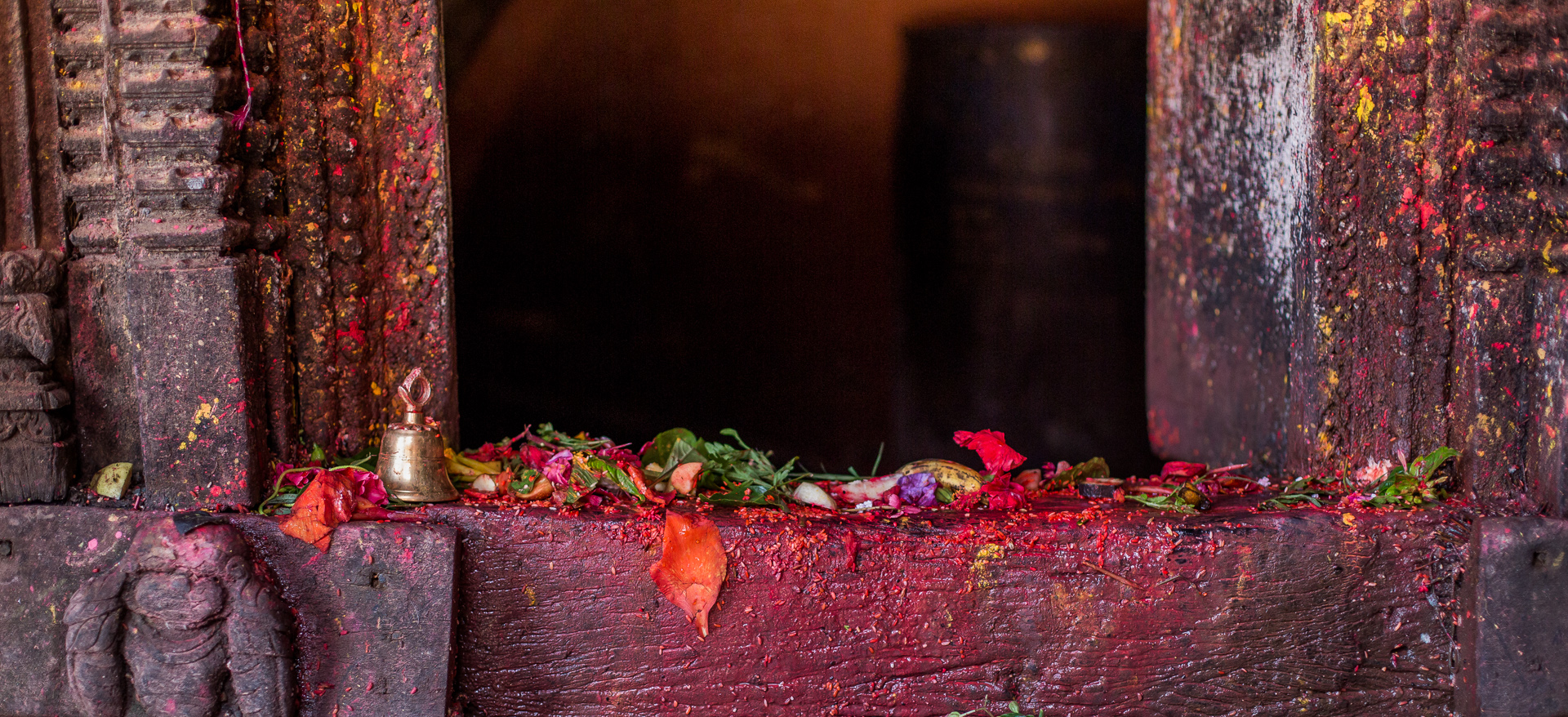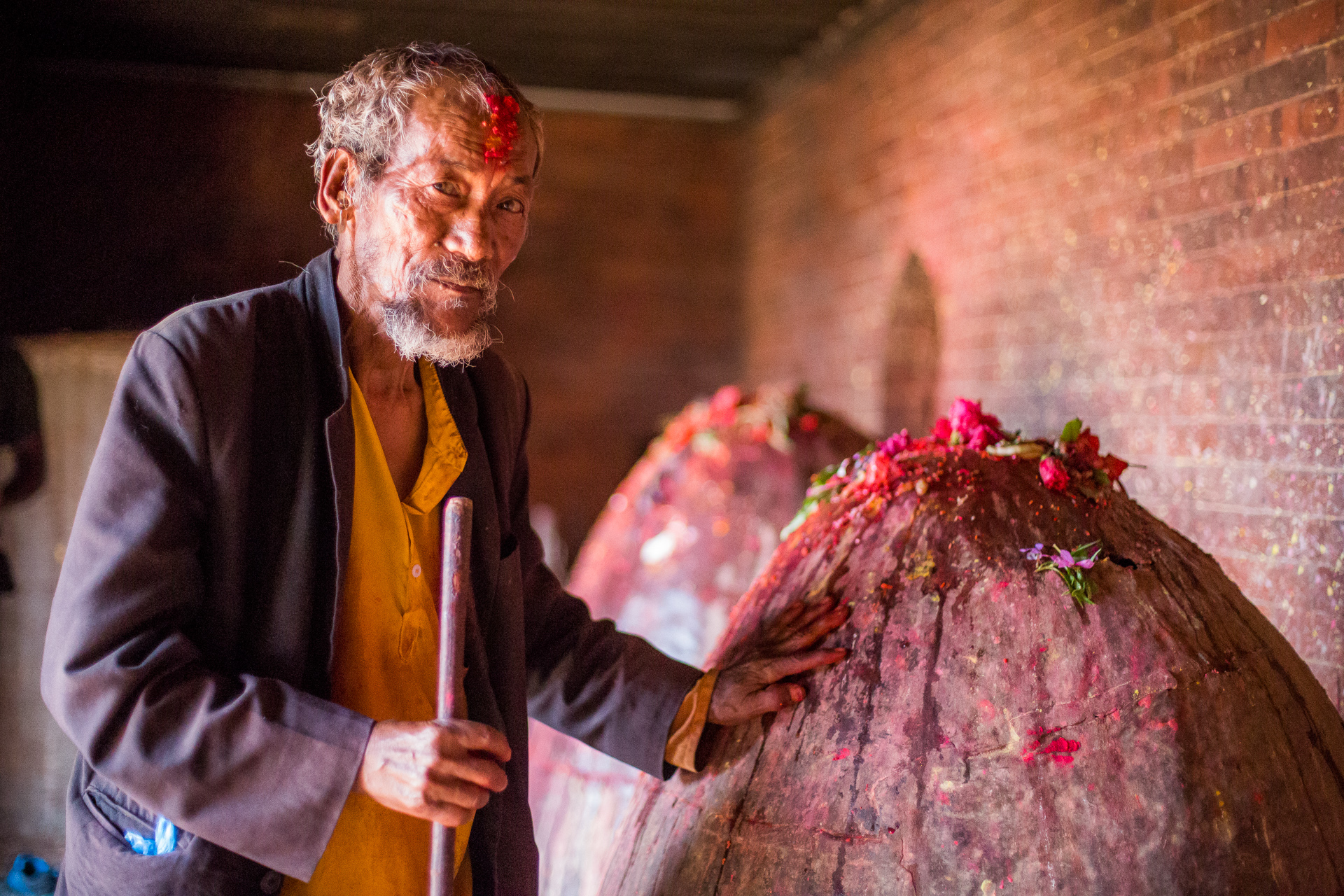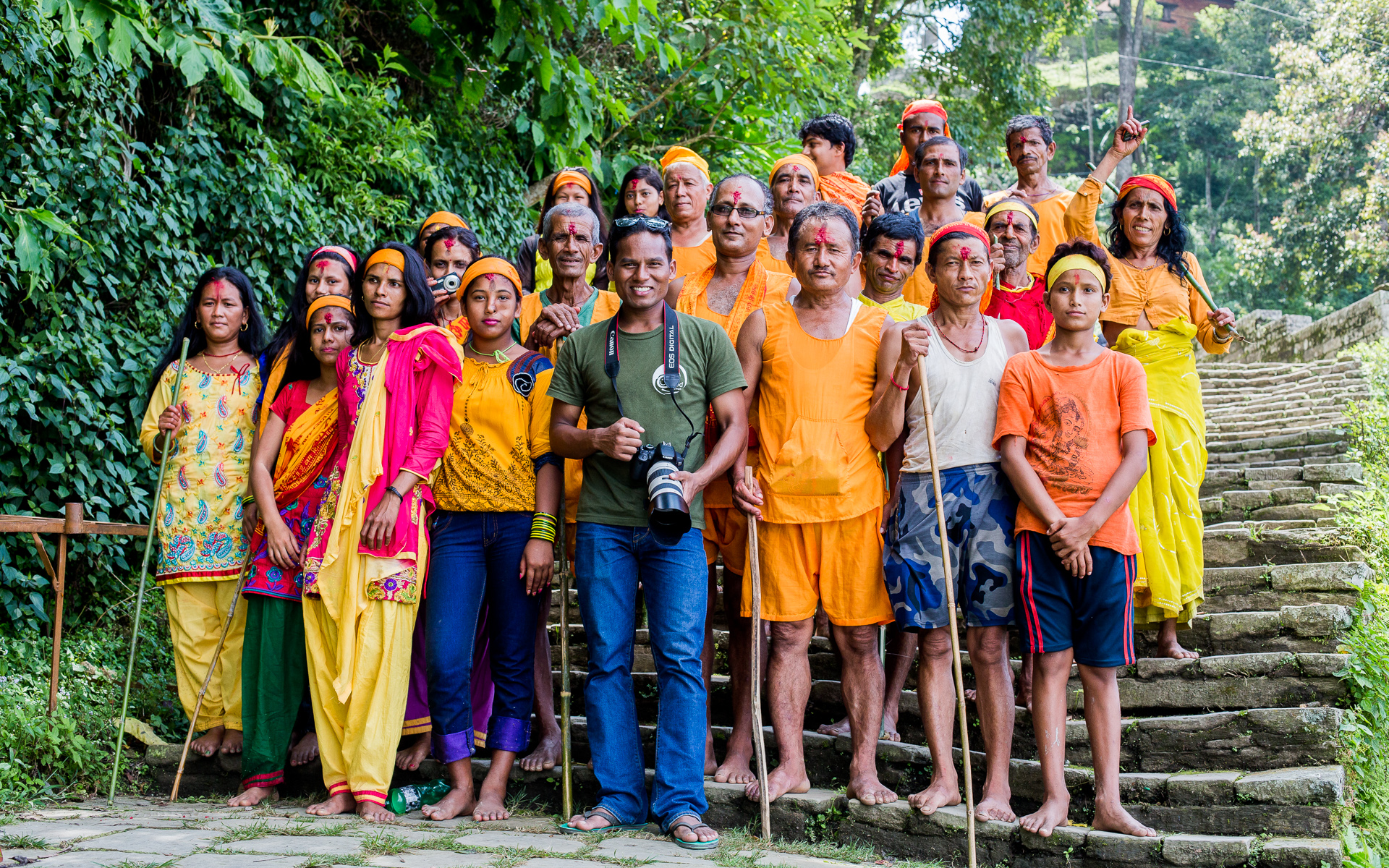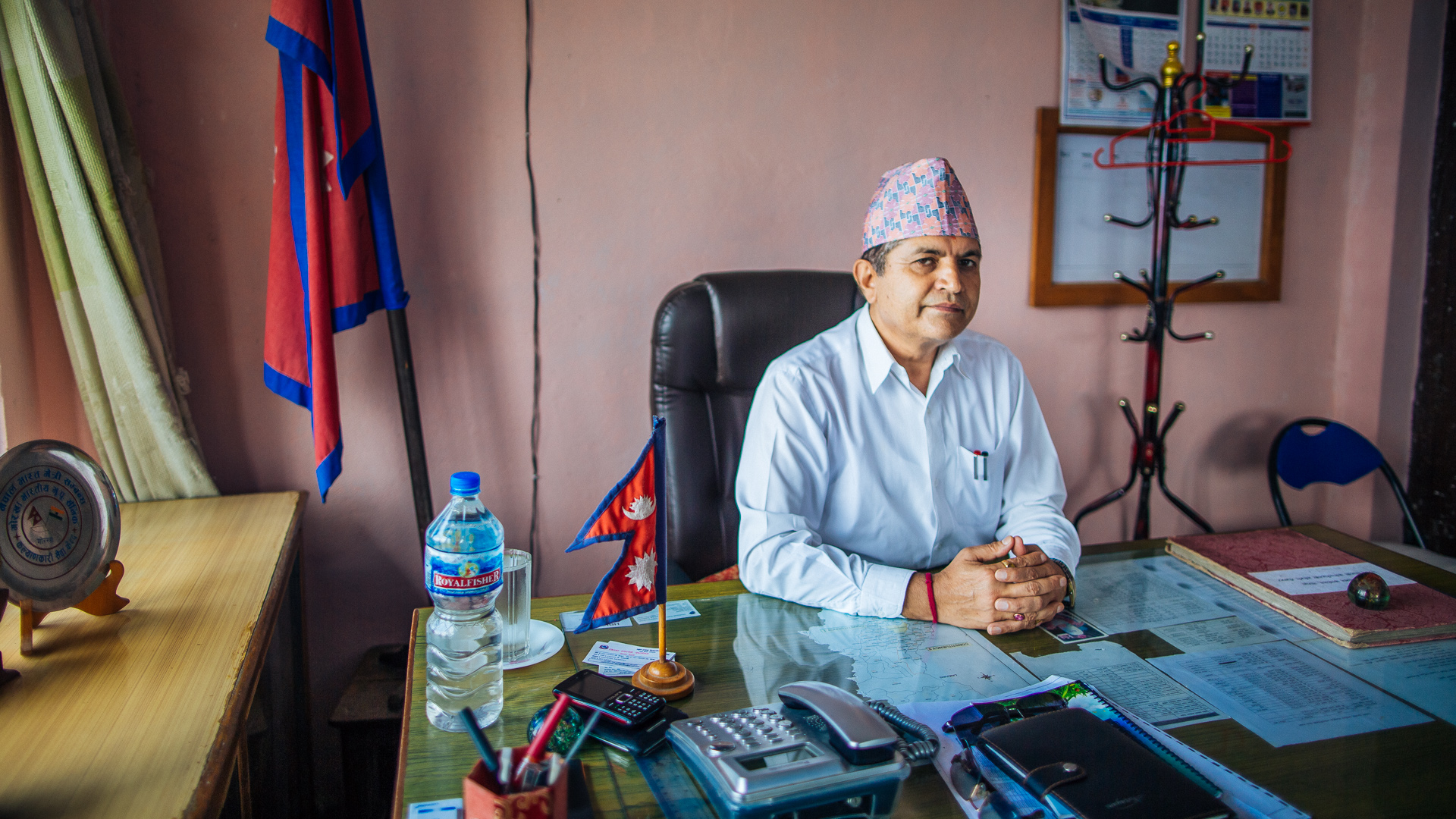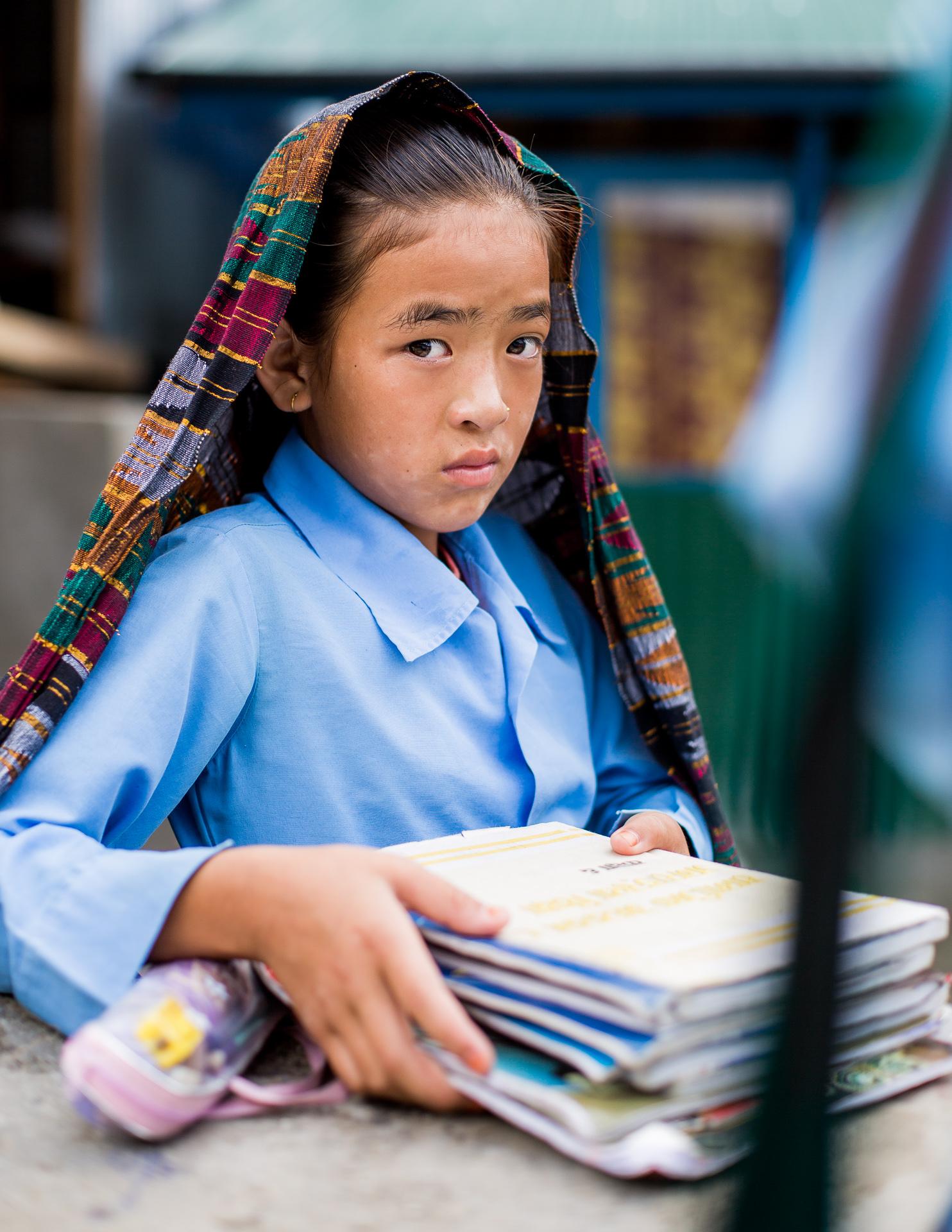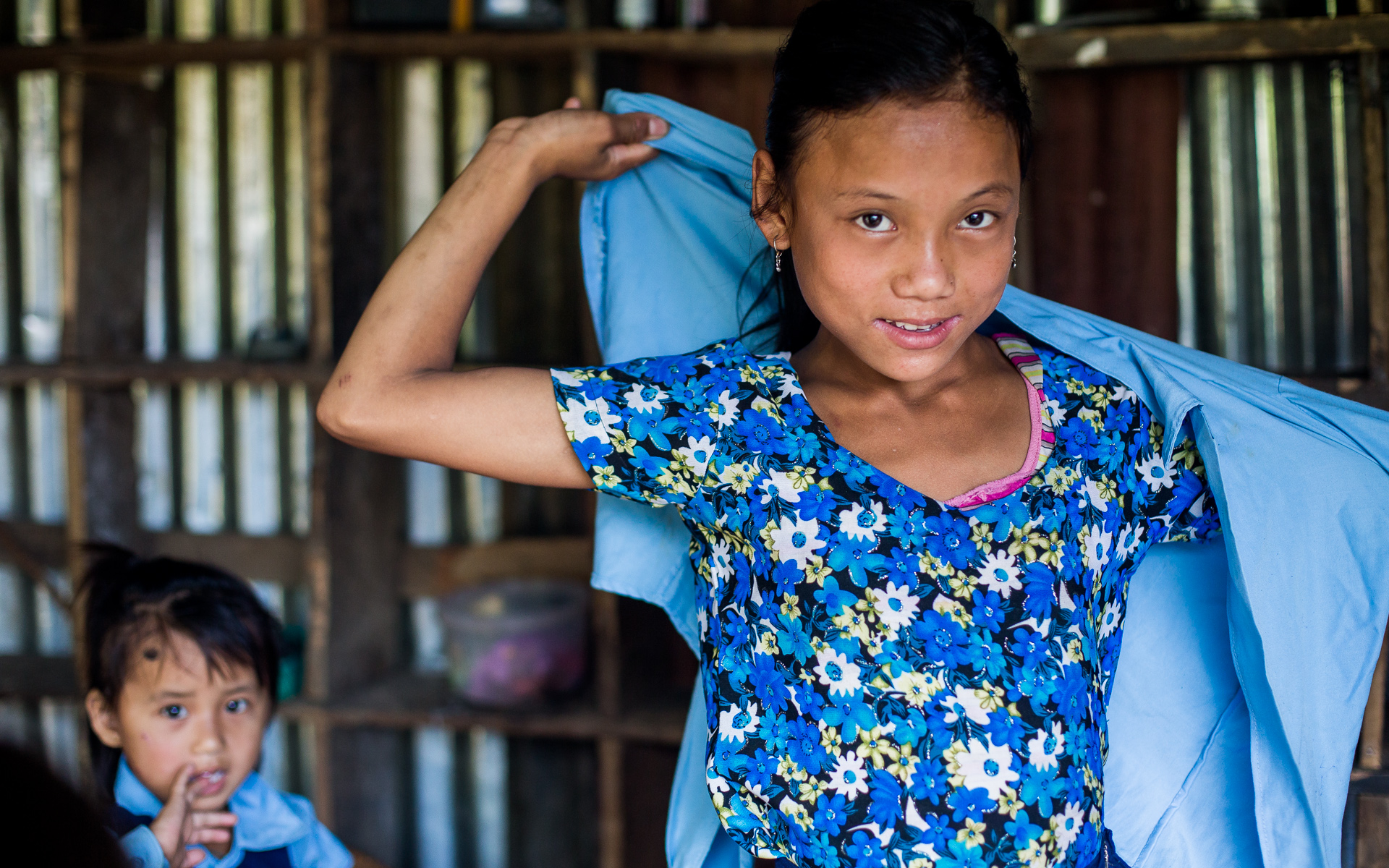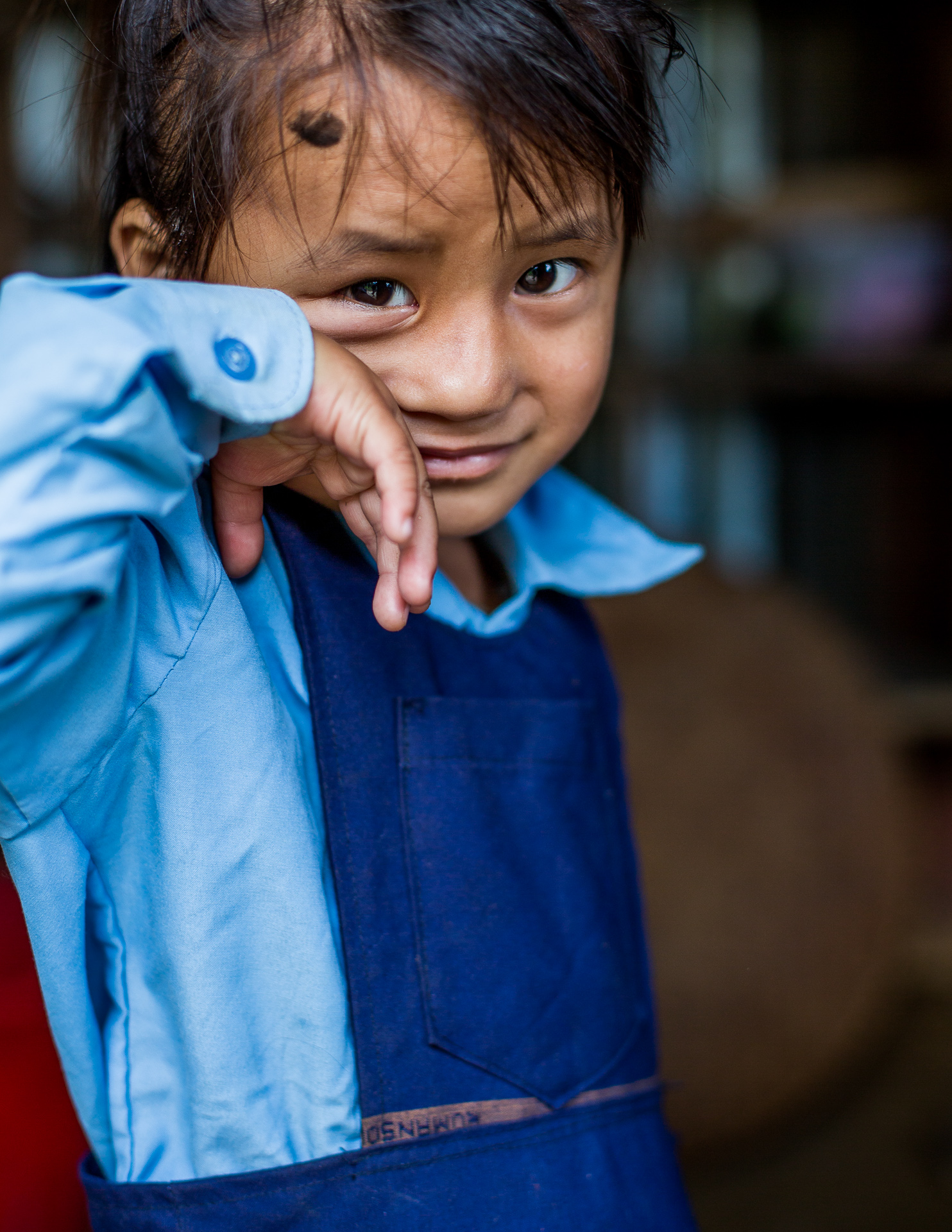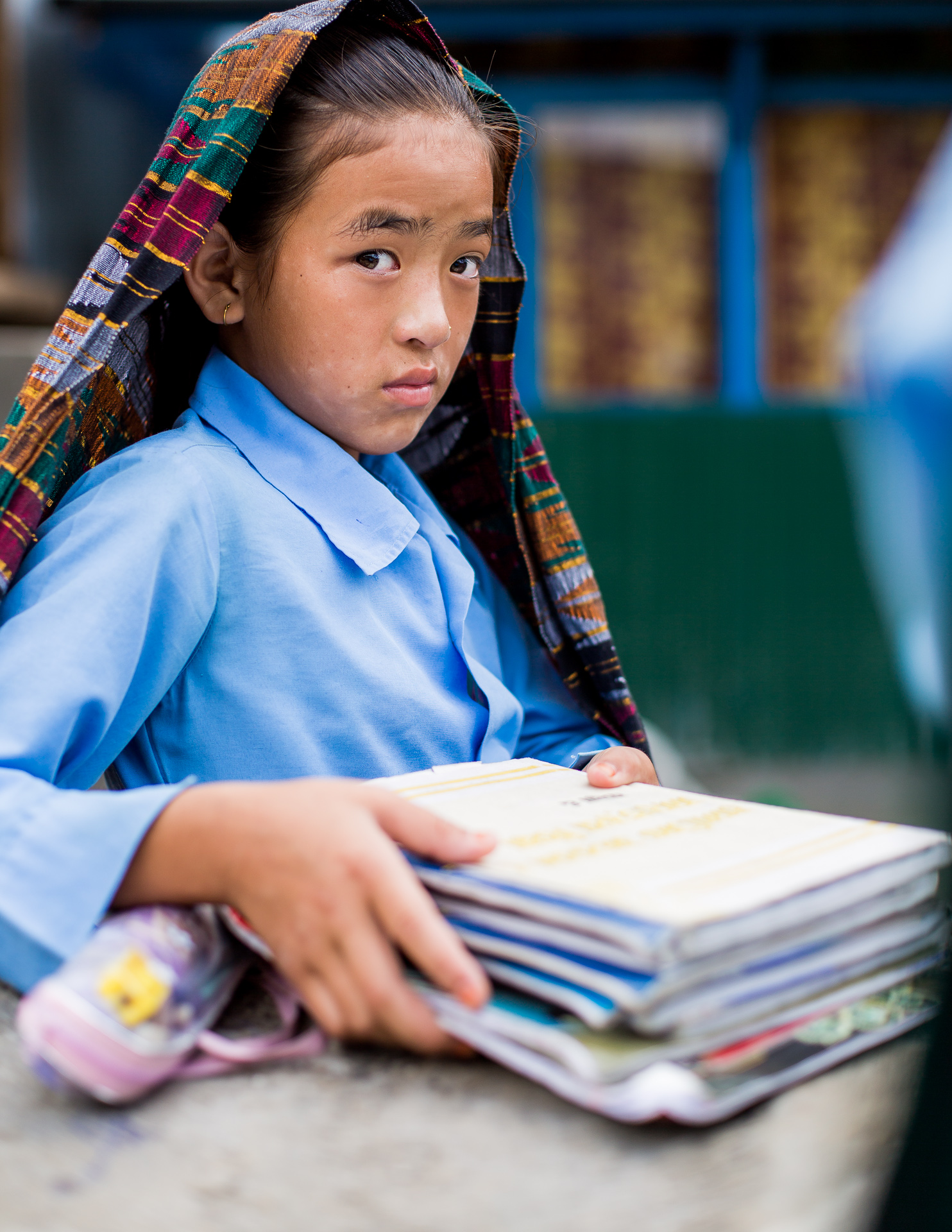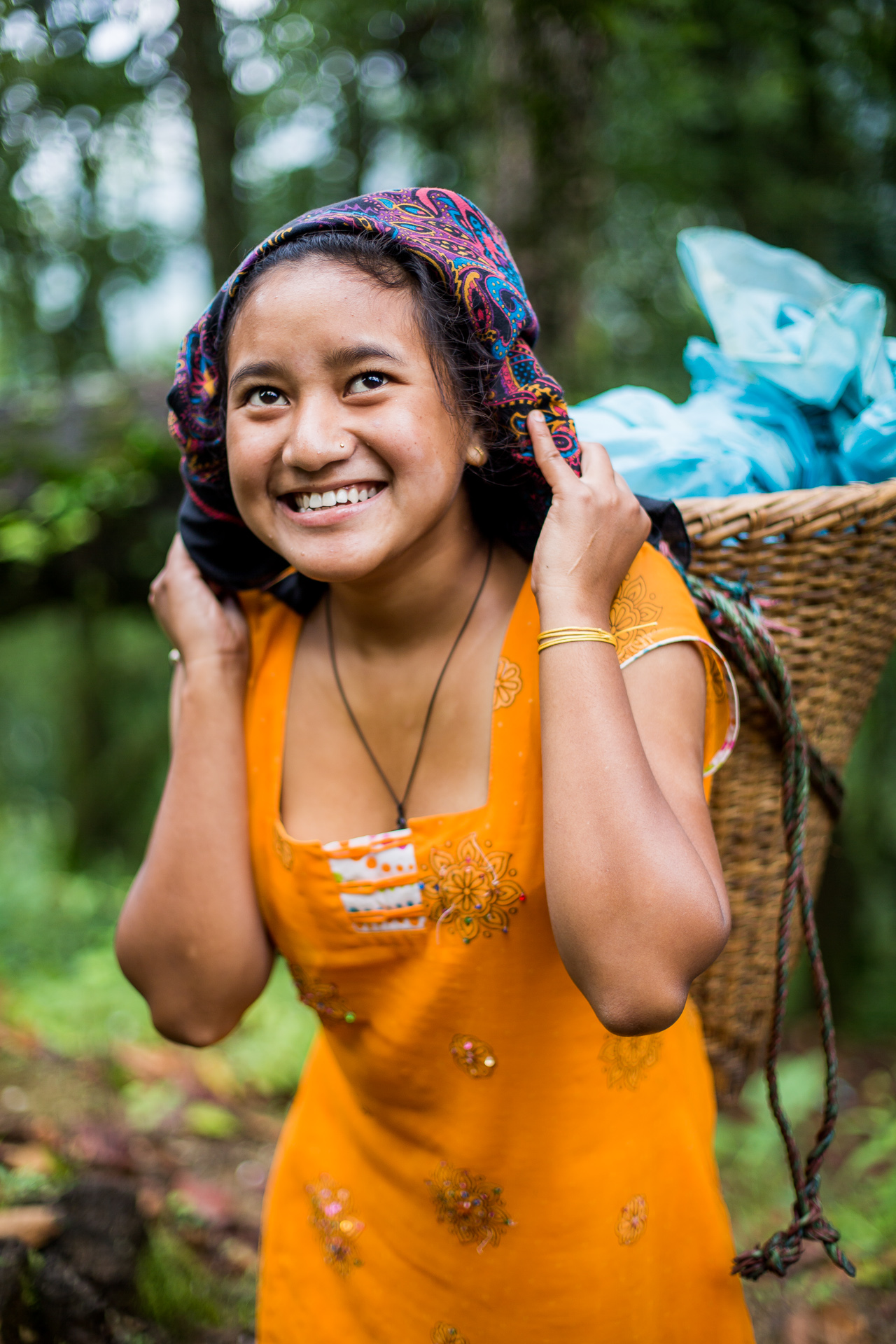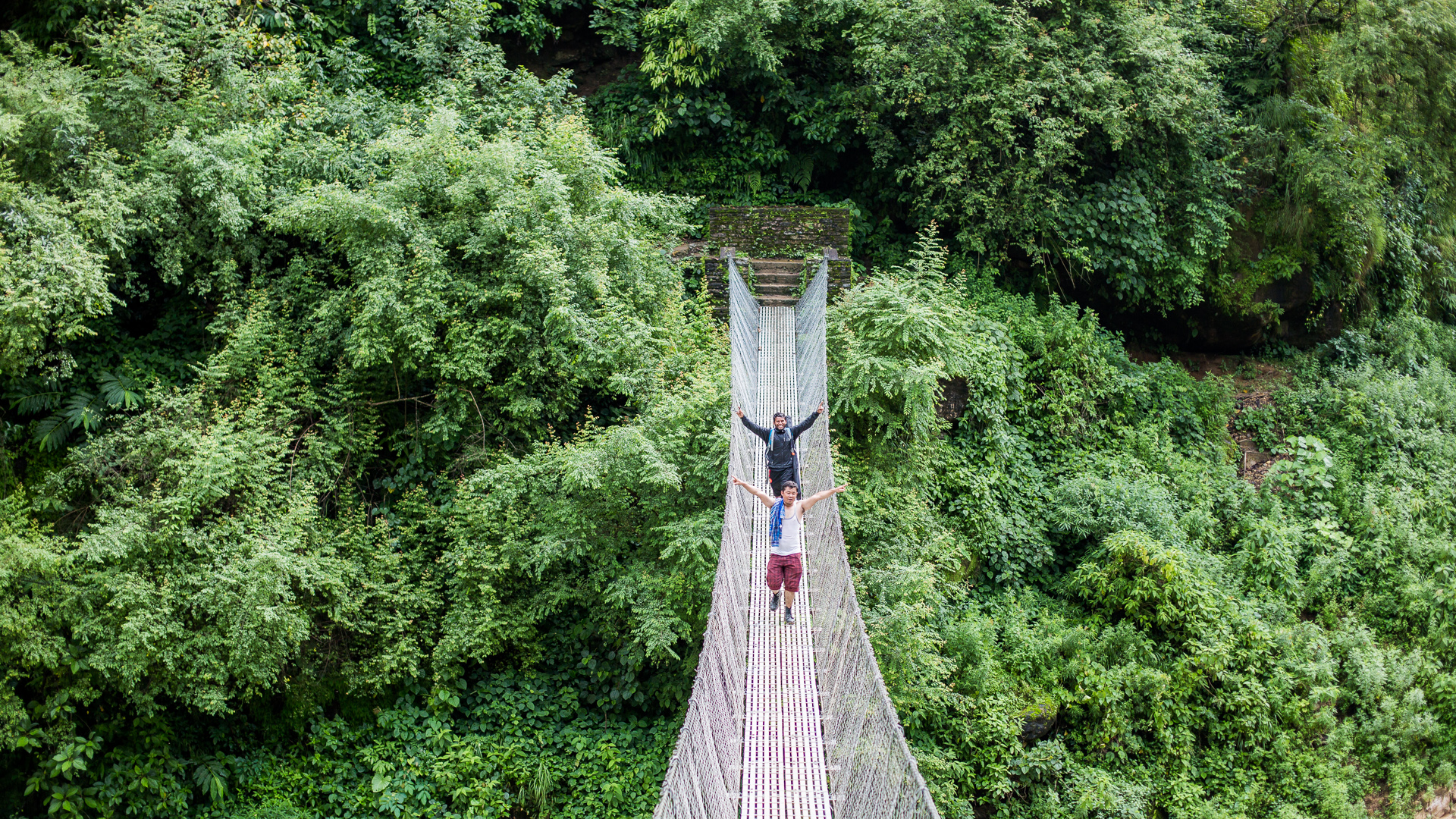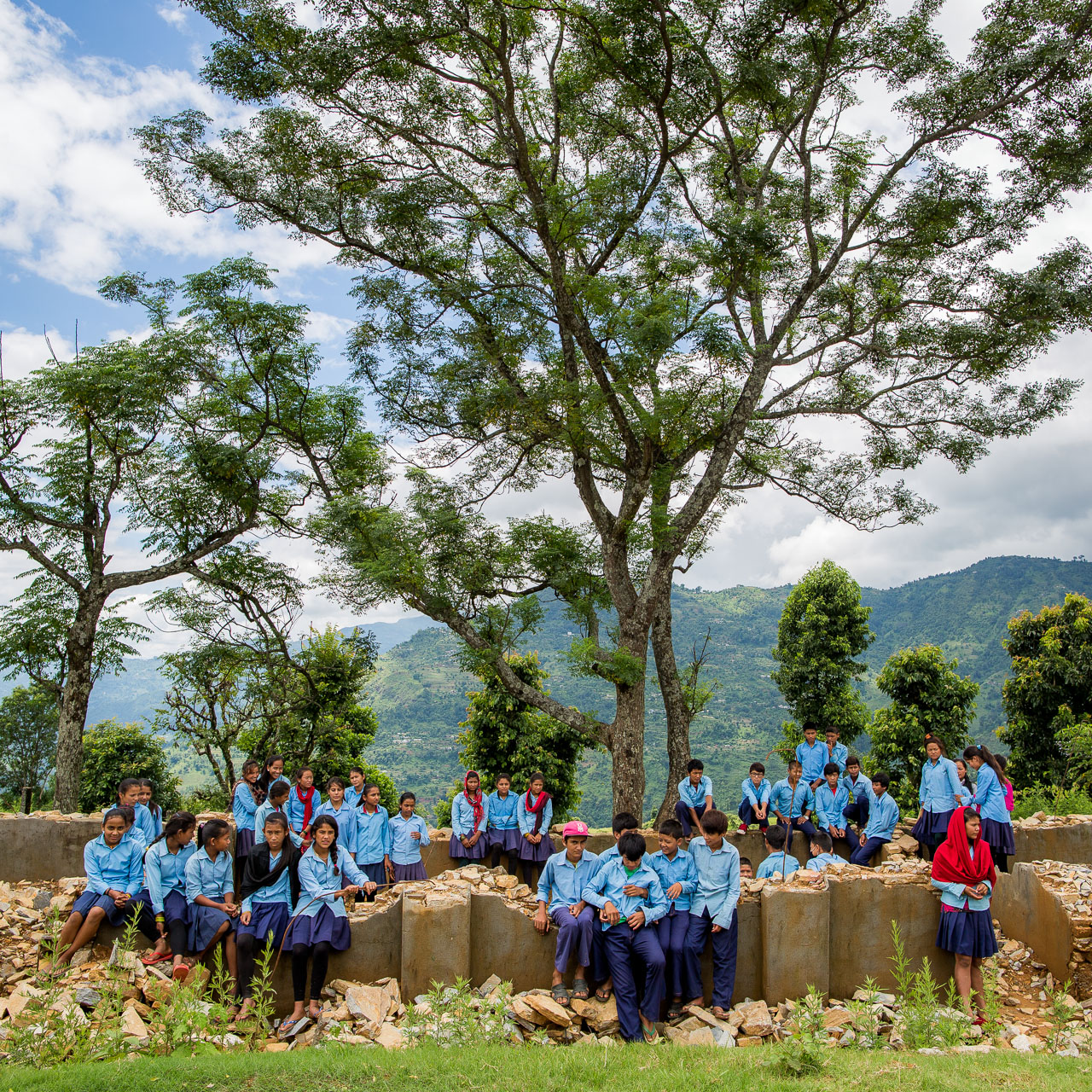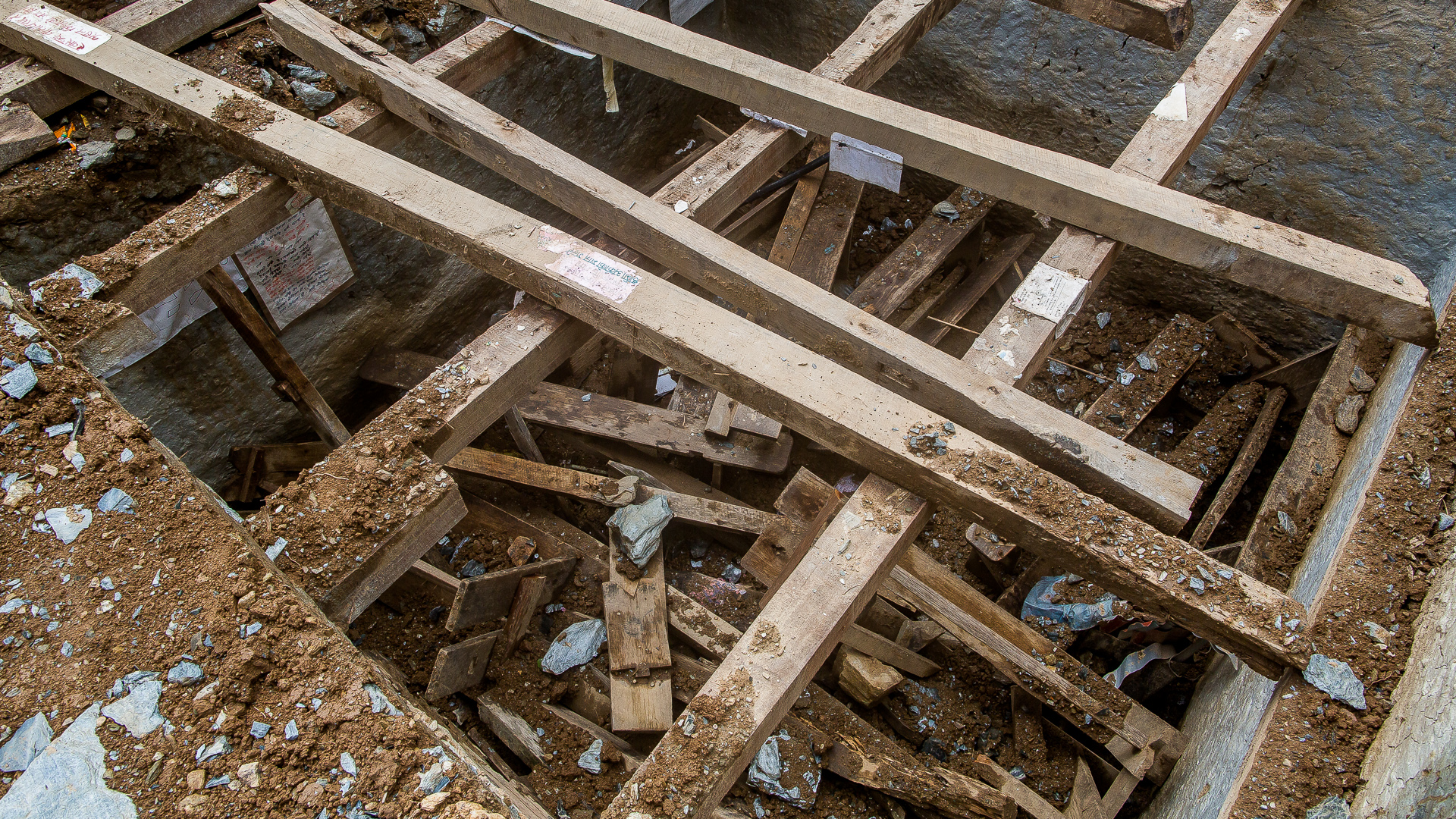Special thanks go out to Peter Daalder from the NKBV for creating awareness of the problems and the support that is still needed in Nepal.
-------------------------------------------------------------------------------------------------------------------------
Nederlandse vertaling:
Publicatie met vermelding naar Micro-Care Nepal in het blad 'Hoogtelijn' van de Nederlandse Klim en Bergsport Vereniging (NKBV). Over hulp initiatieven in Nepal.
Dank aan Peter Daalder van de NKBV voor de goede initiatieven voor hulp aan Nepal!
De inzending voor de publicatie was naar mijn mening een interessante aanvulling op de plaatsing:
"In Kathmandu het culturele UNESCO Wereld erfgoed Durbar Square in het centrum van de stad, wordt inmiddels gewerkt aan het opruimen van de chaos. Helaas in Nepal nog niet klaar voor daadwerkelijke wederopbouw. Overal in de stad zijn nog tentenkampen te vinden waar mensen die hun huis verloren zijn, hun huis op instorten staat of simpelweg uit angst voor nieuwe aardbevingen niet terug durven naar hun huizen. Water en voeding is er gelukkig voldoende in de stad.
Bijgevoegde foto laten zien dat de schade groot is en specifiek laat de foto waar de twee werkers onderaan een half ingestort gebouw naar mijn mening goed zien dat men soms niet weet waar te beginnen. Delen van deze prachtige bouwwerken zijn ingestort en andere delen staan nog overeind. Door middel van het stutten van de gebouwen wordt het grootste deel van de herstelwerkzaamheden uitgesteld tot na het regenseizoen. De grote hoeveelheden regen in samenspel met de wekelijkse naschokken van 4 op de schaal van richter en hoger zorgen voor een groot gevaar dat veel gebouwen nog verder instorten.
Op sommige plaatsen in de stad worden muren opnieuw opgebouwd en worden voegen hersteld.
Aan de ticket counter bij het normaal zo toeristische Durbar Square is het nu maar zelden een toerist te zien. Stenen welke verzameld zijn uit de puinhoop liggen opgestapeld klaar om later opnieuw gebruikt ta gaan worden. De nog bruikbare delen zullen stuk voor stuk gebruikt worden voor de restauratie. Het herstel zal dus nog jaren gaan duren. "
